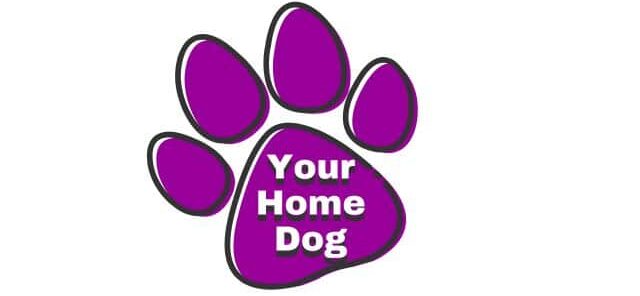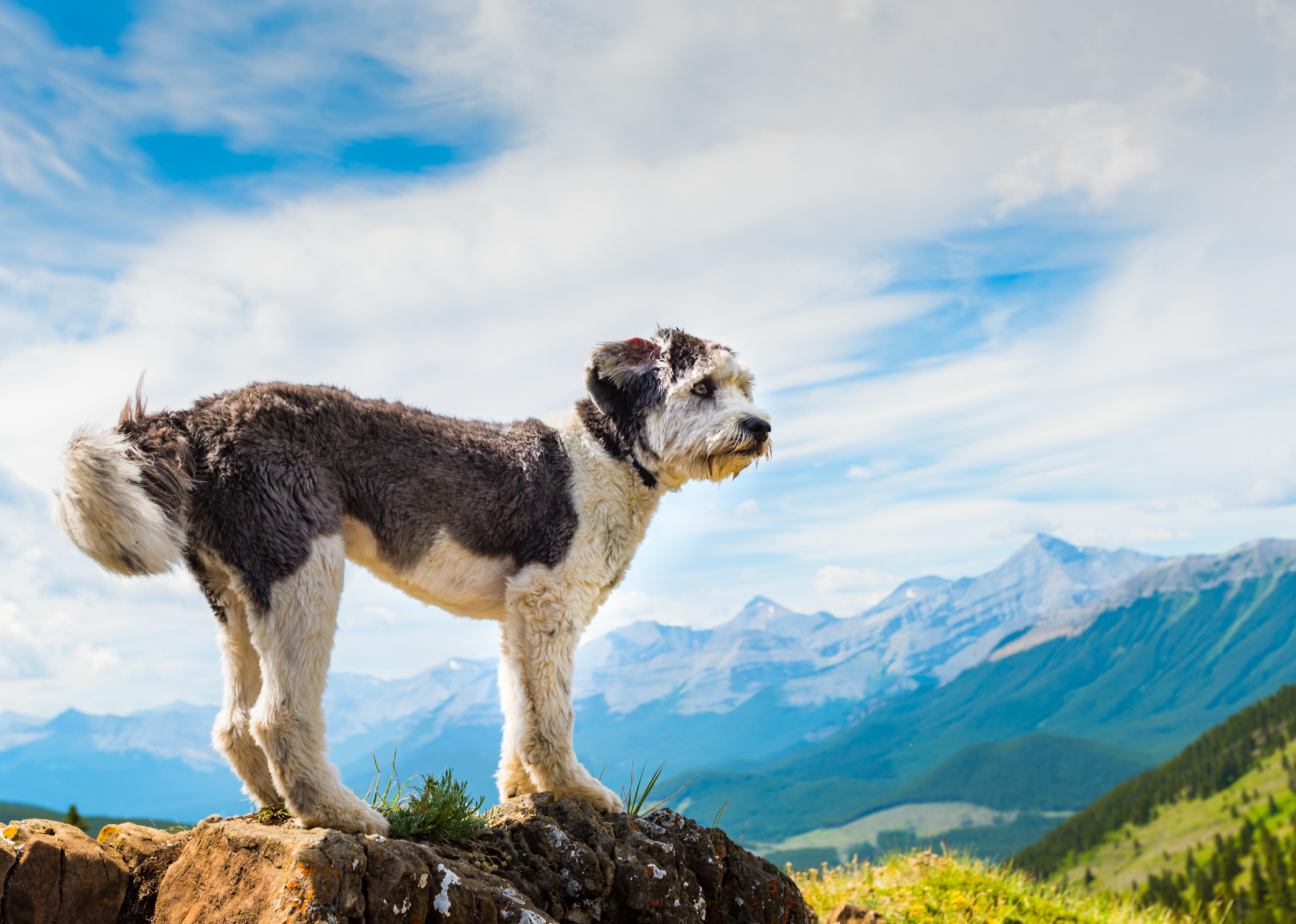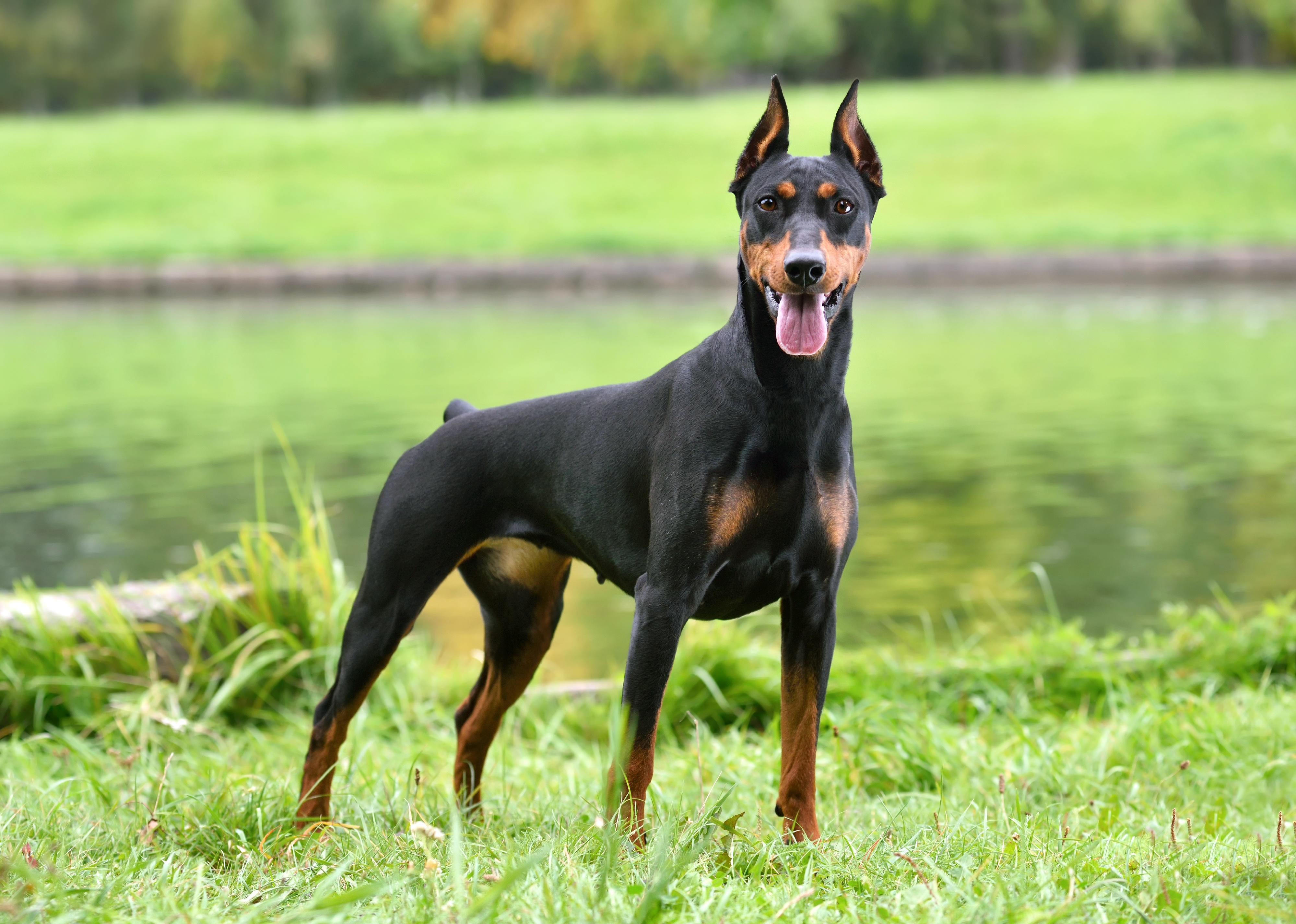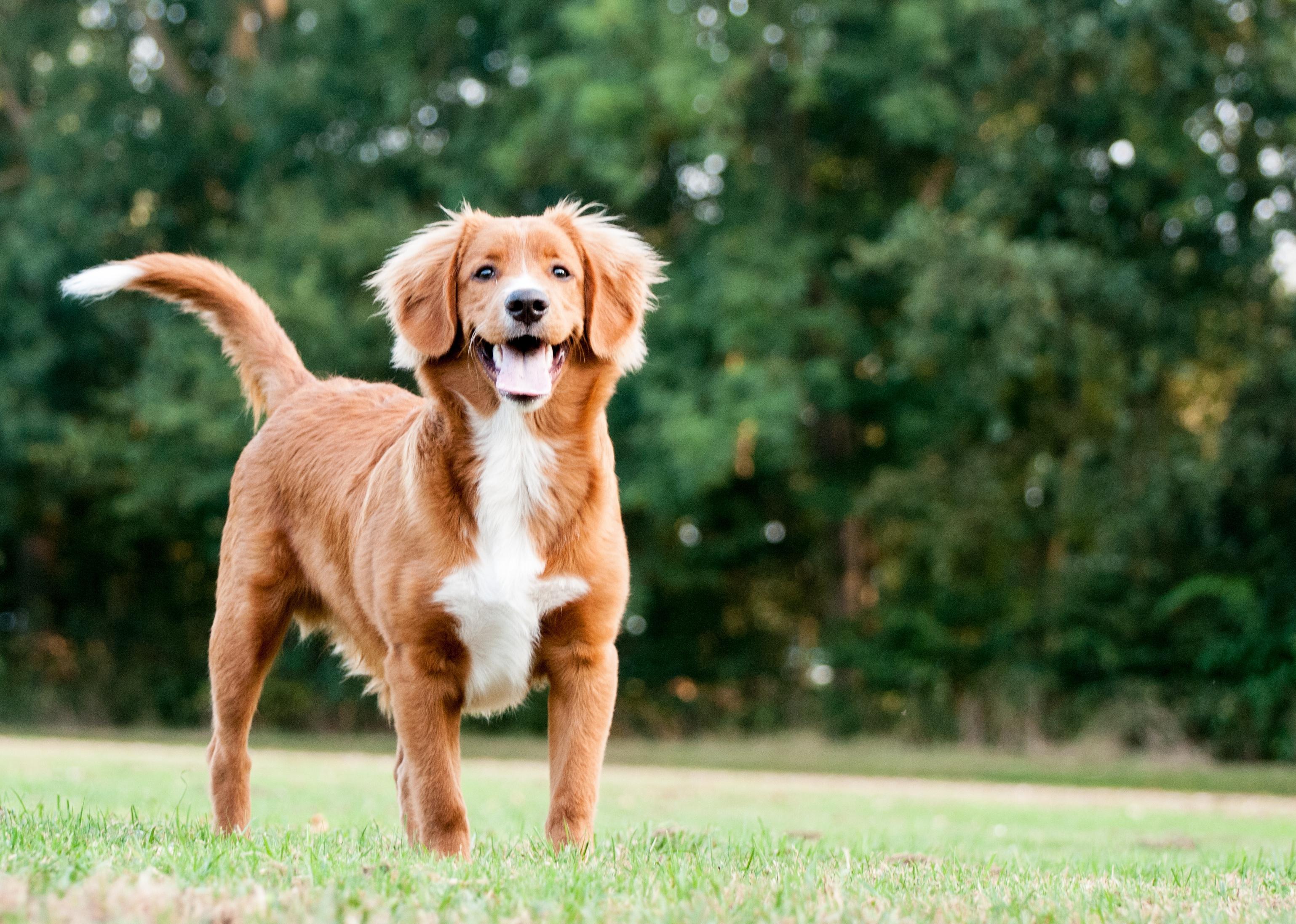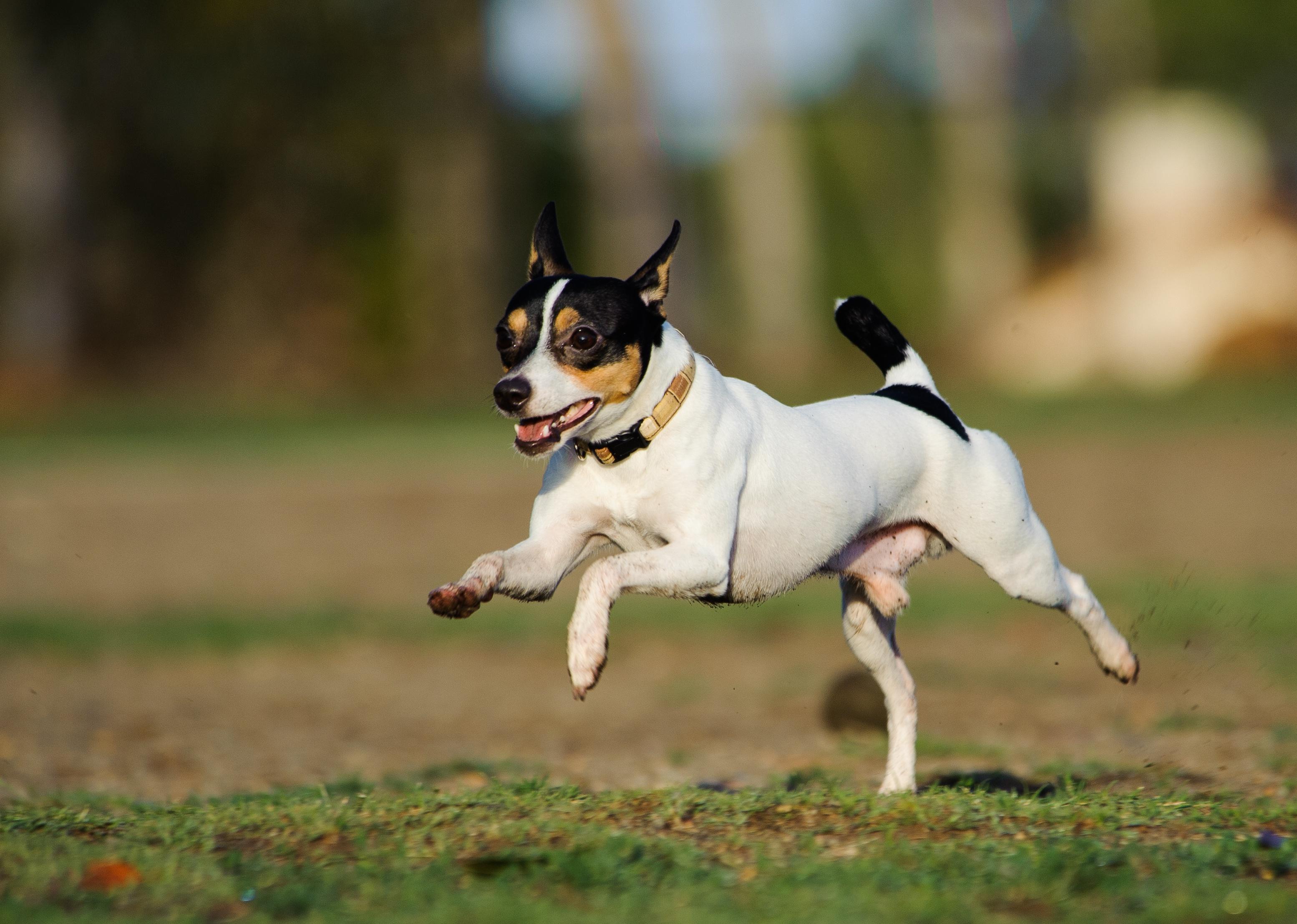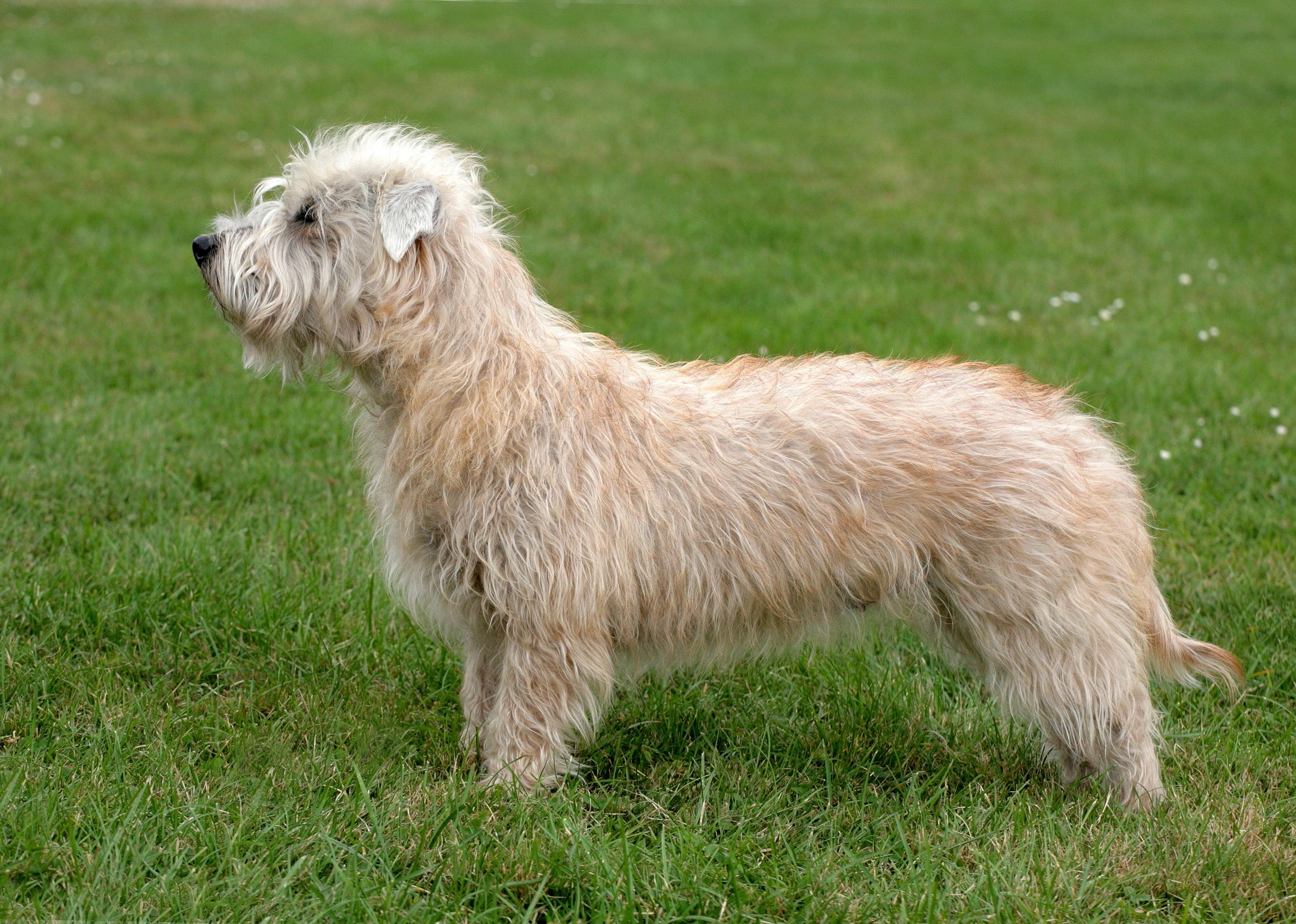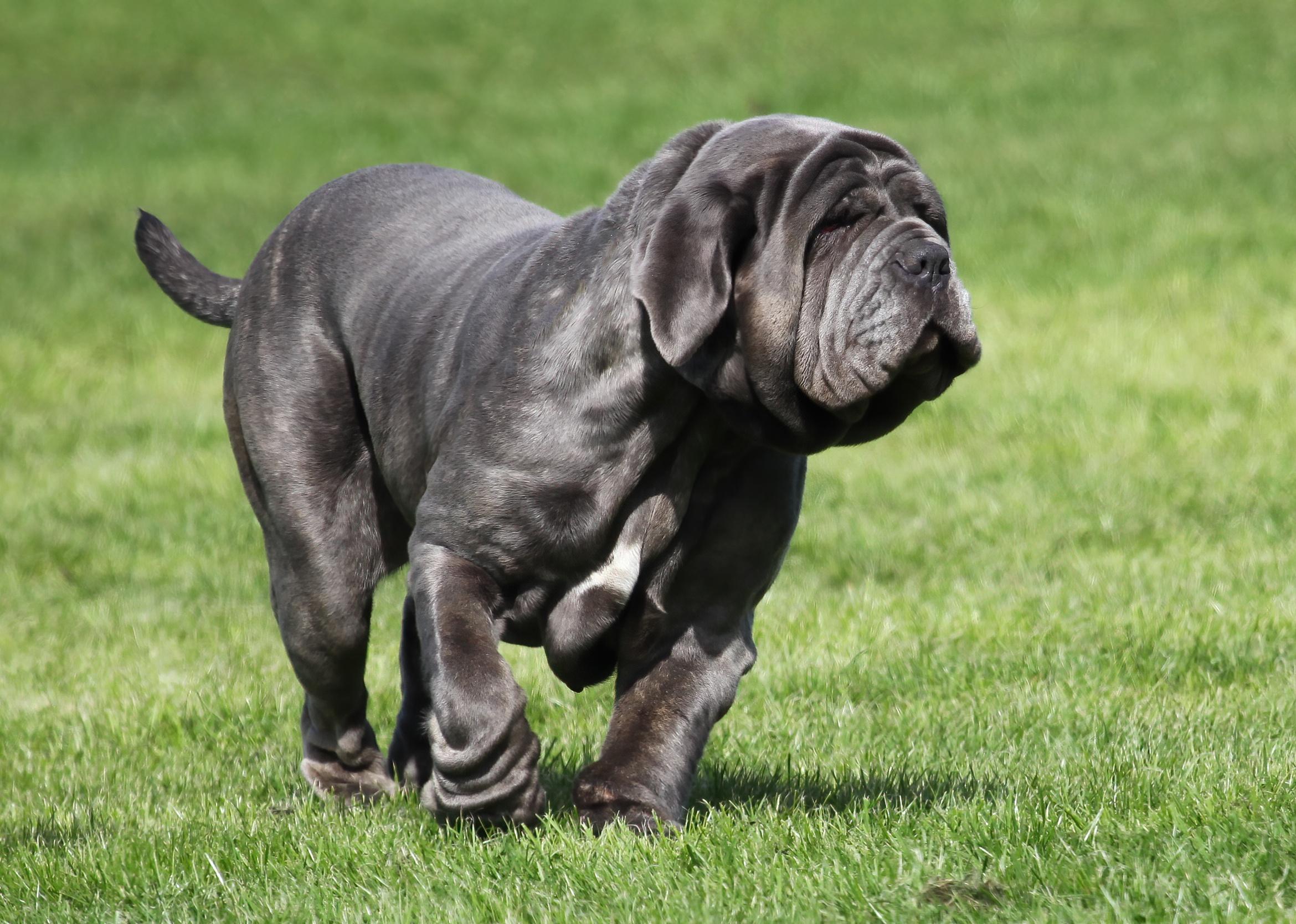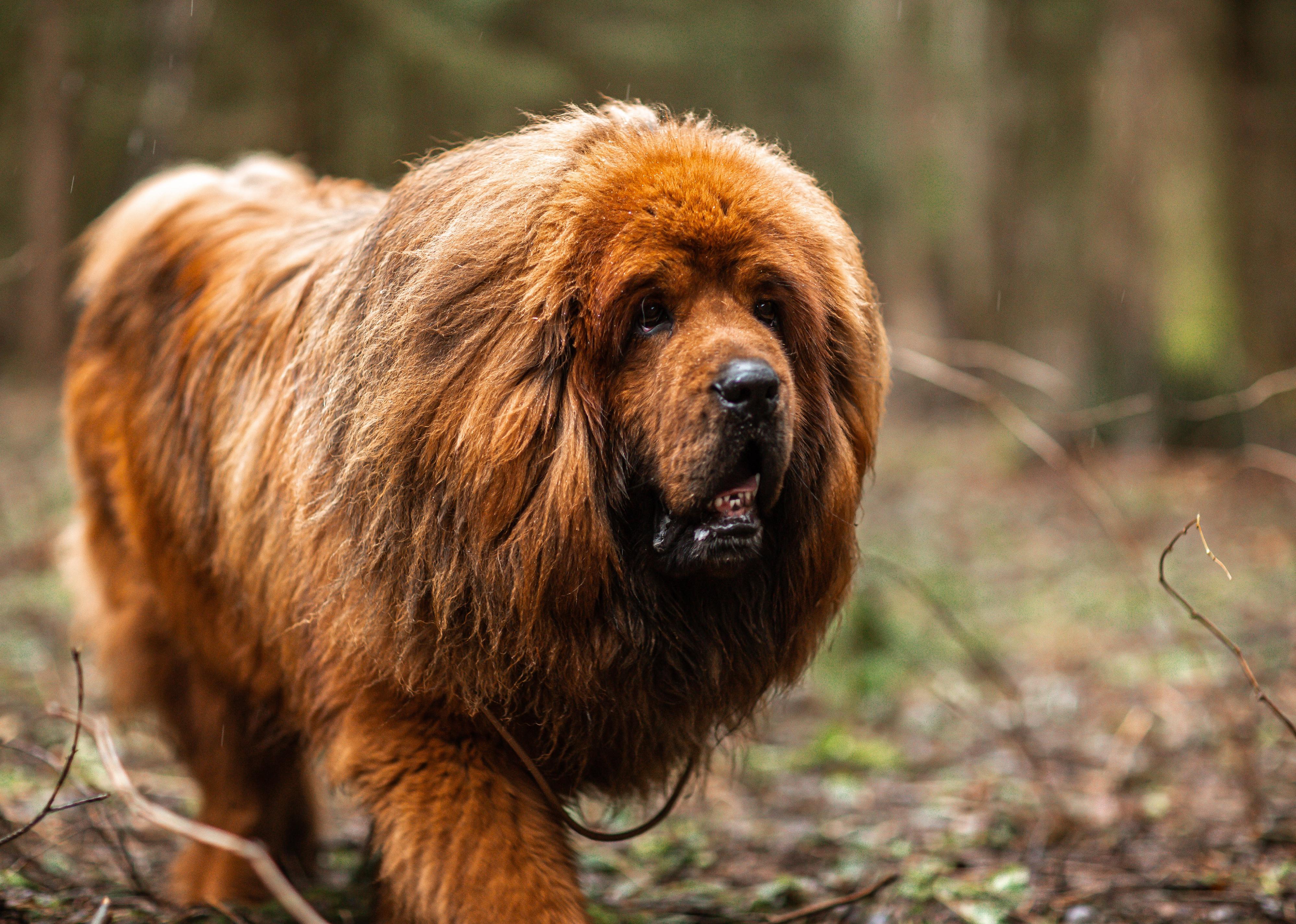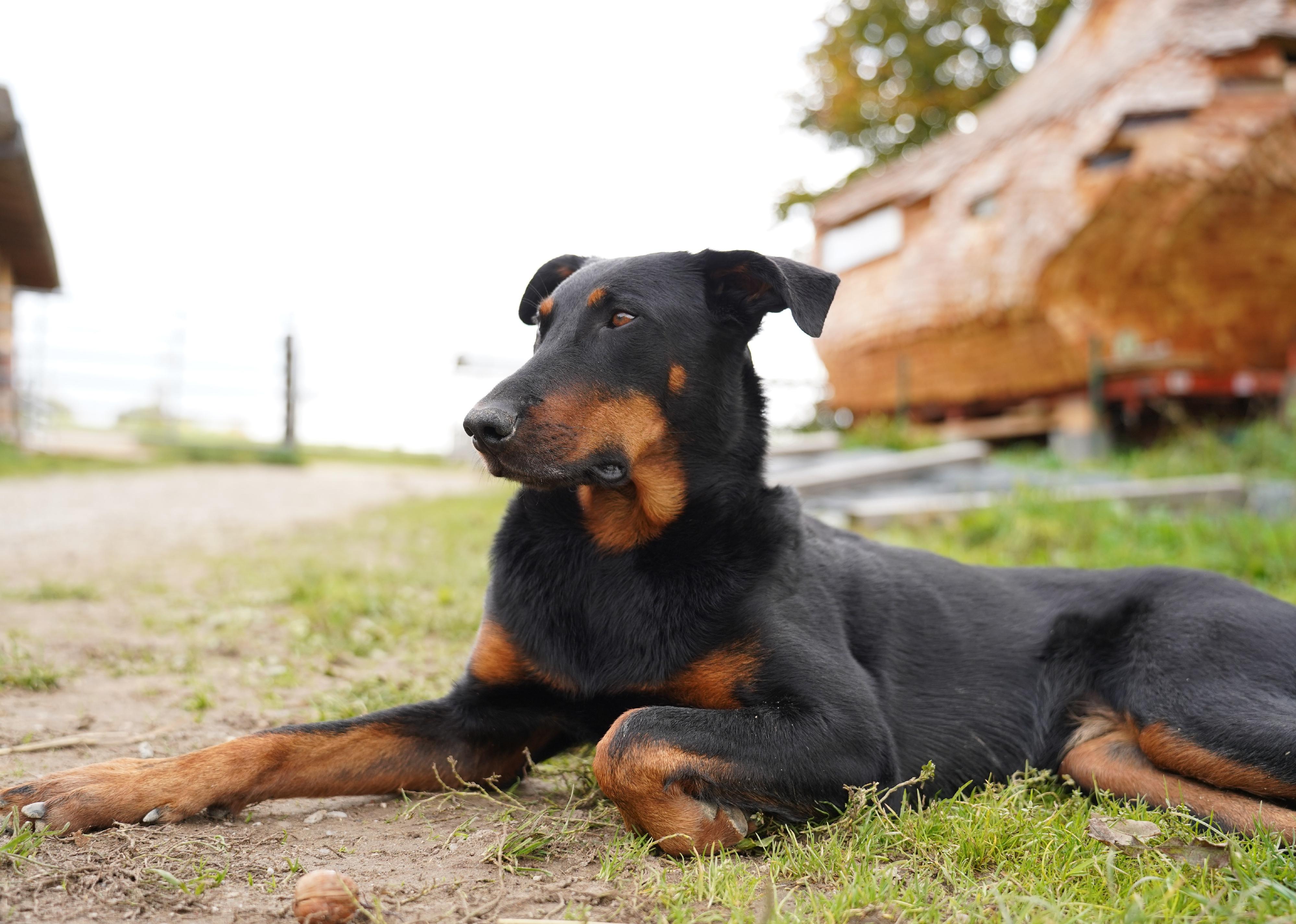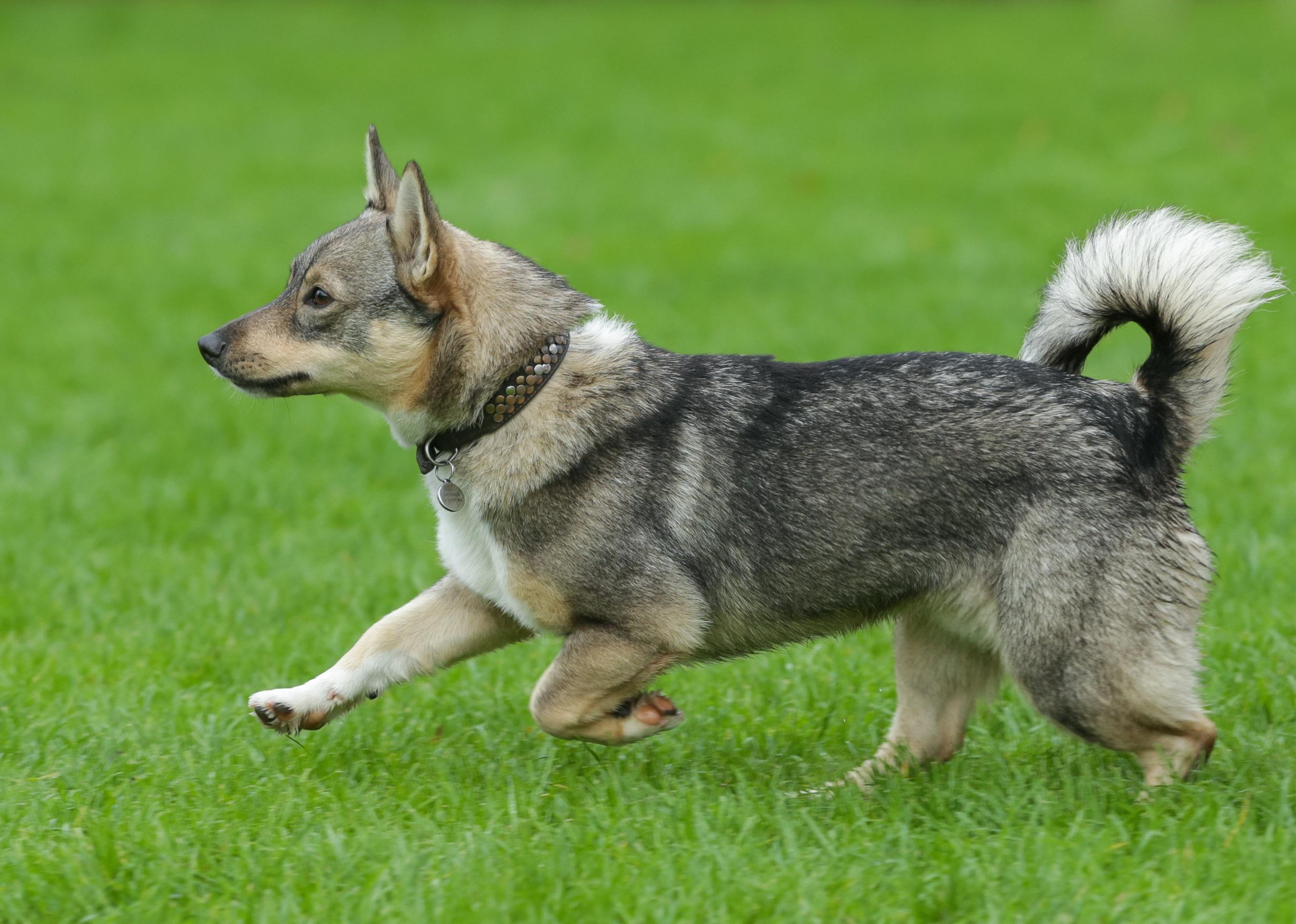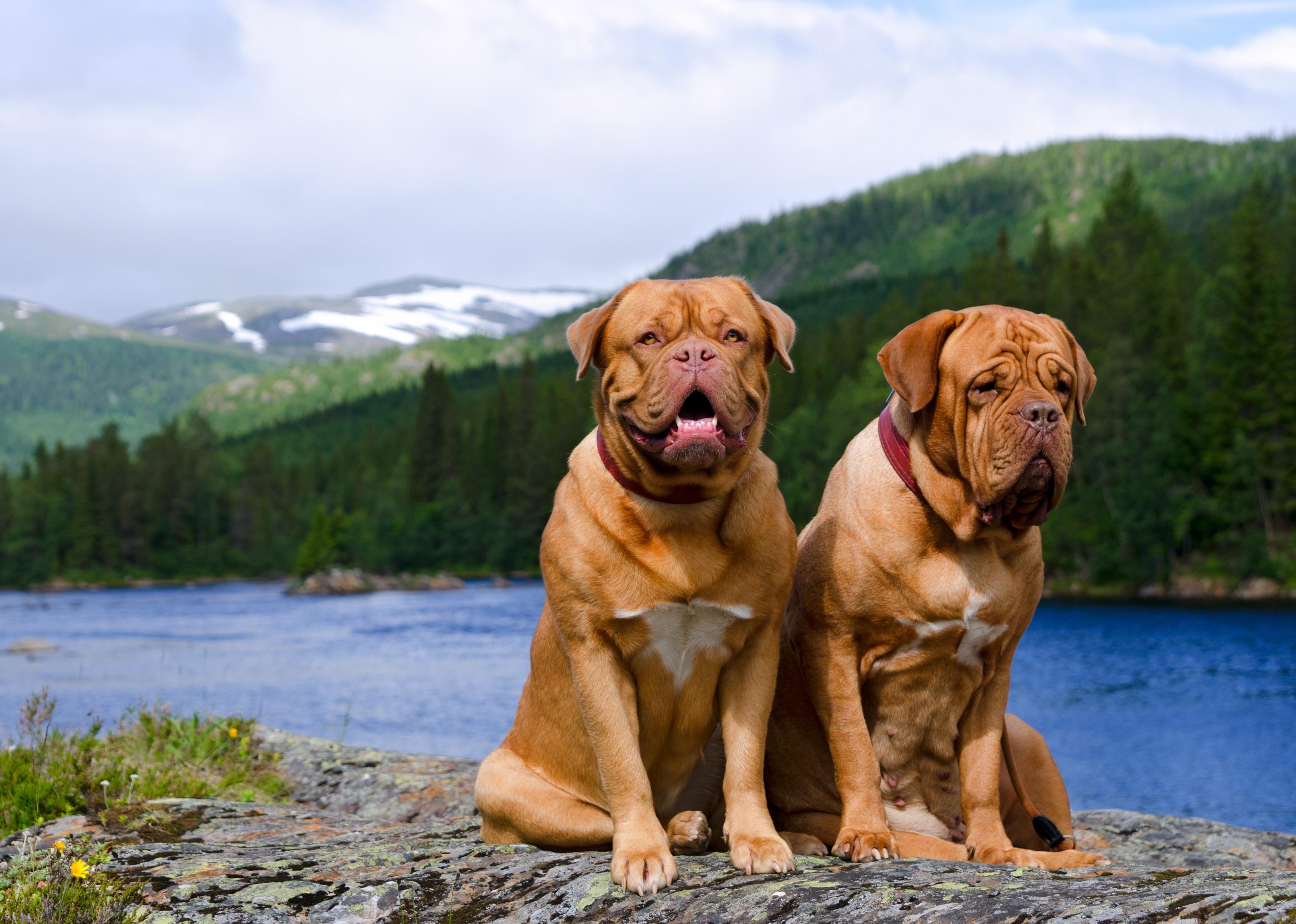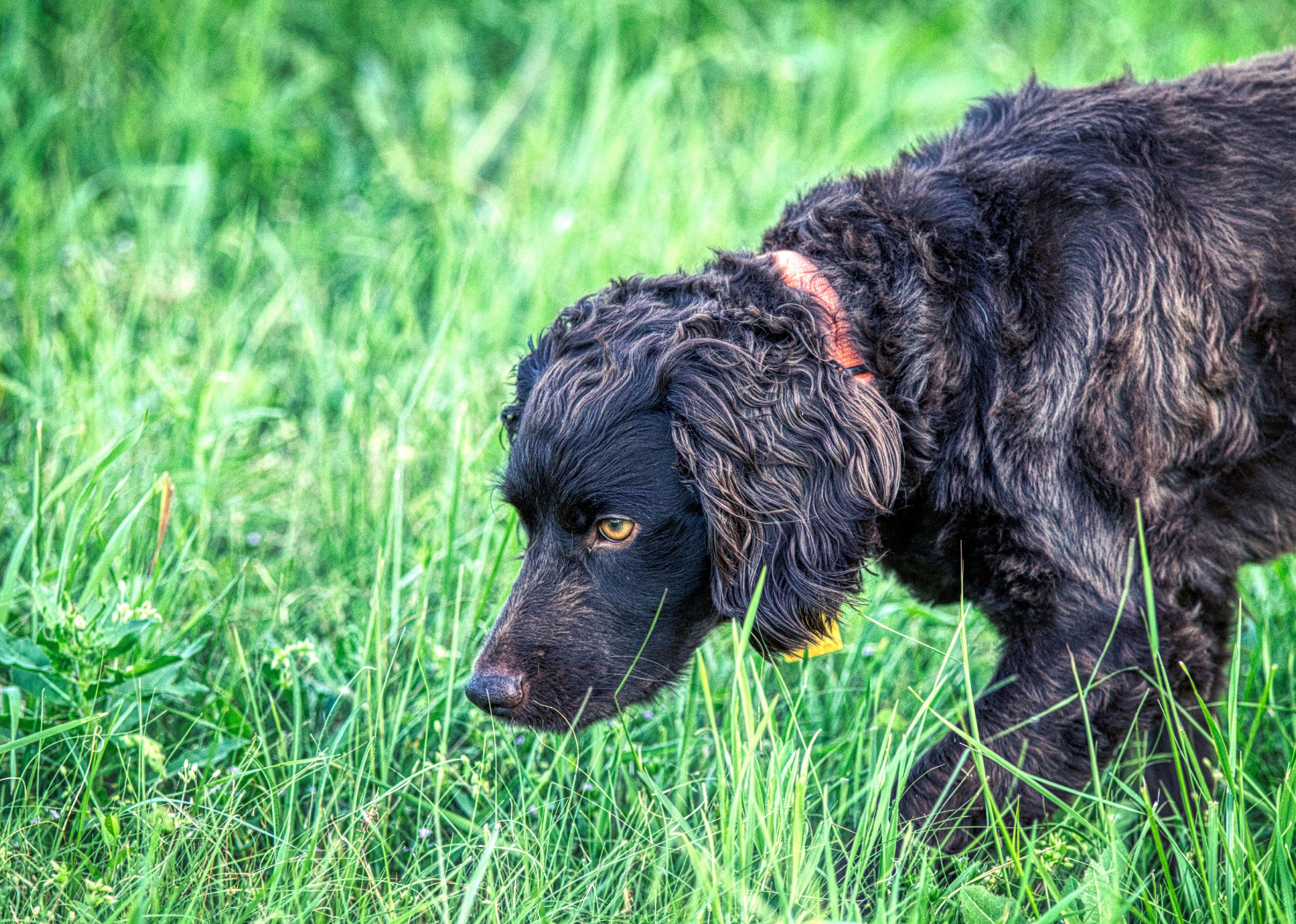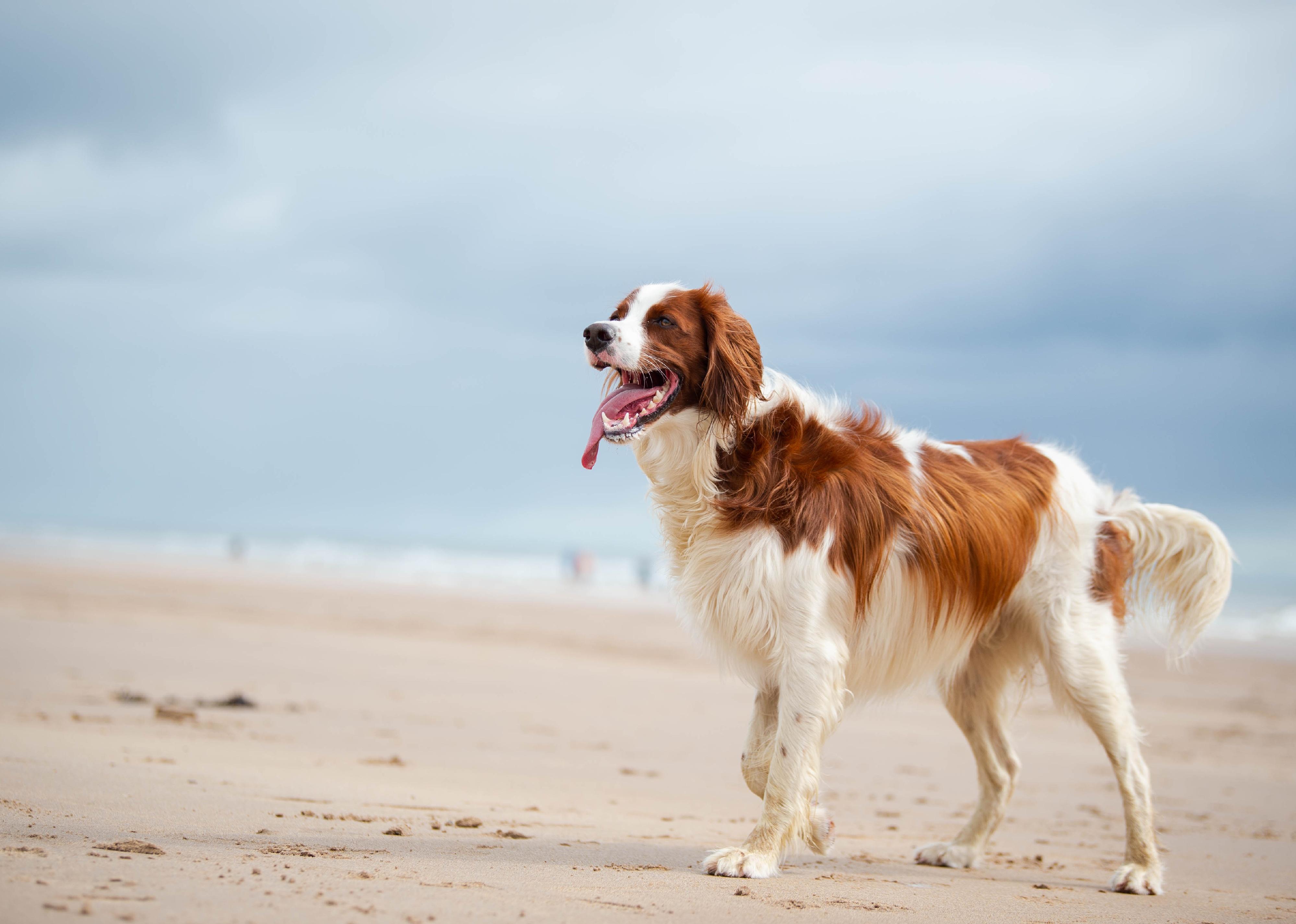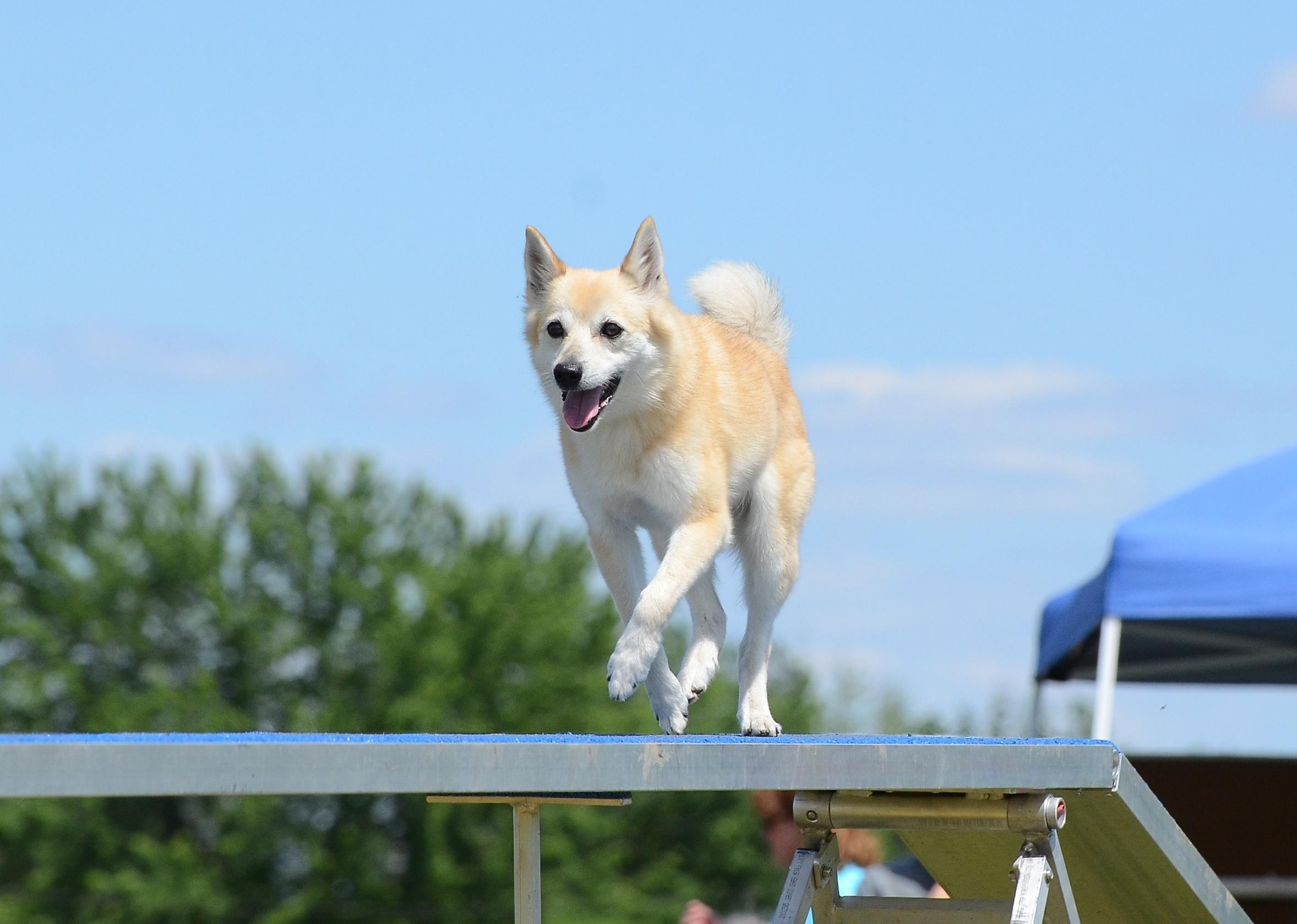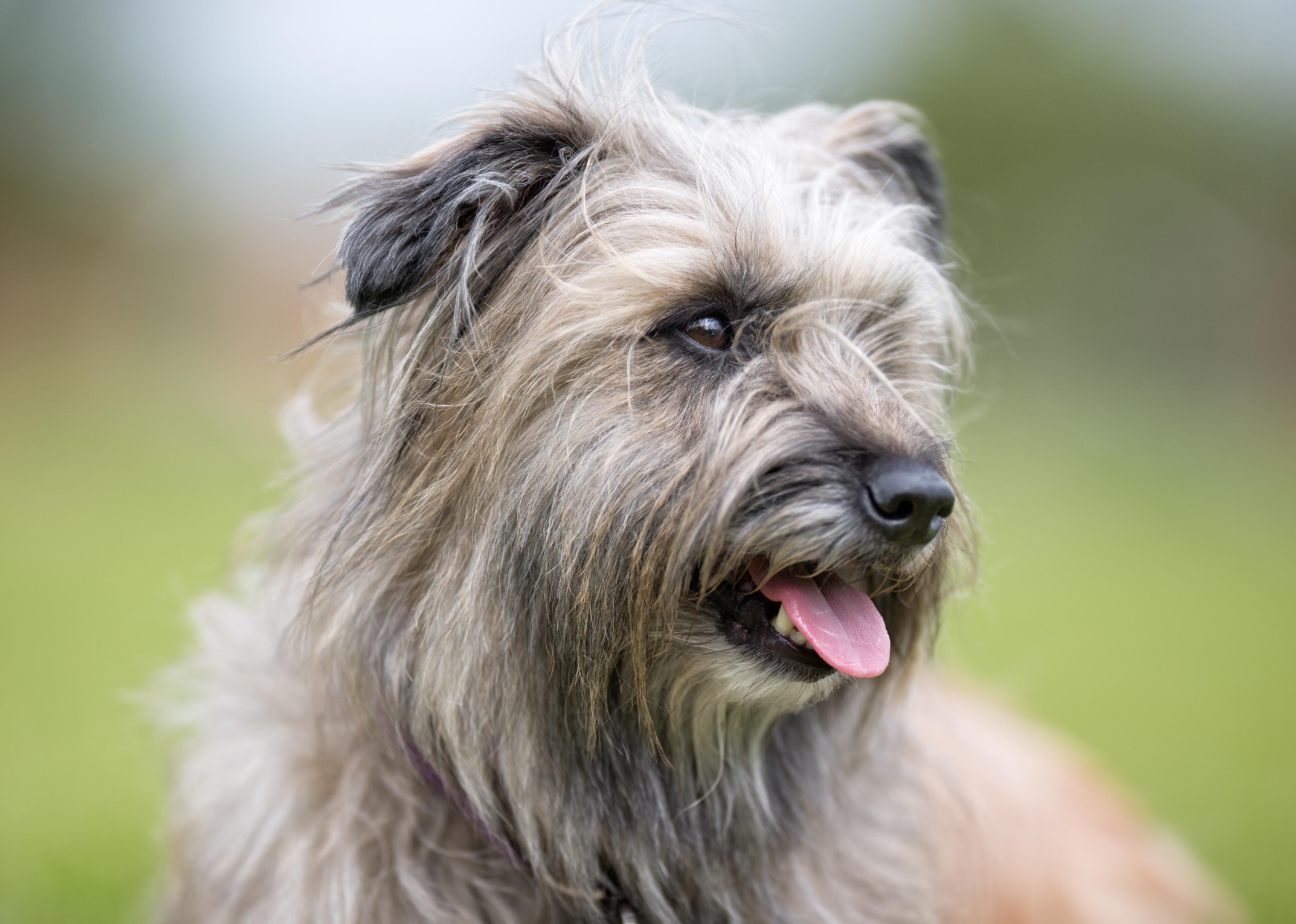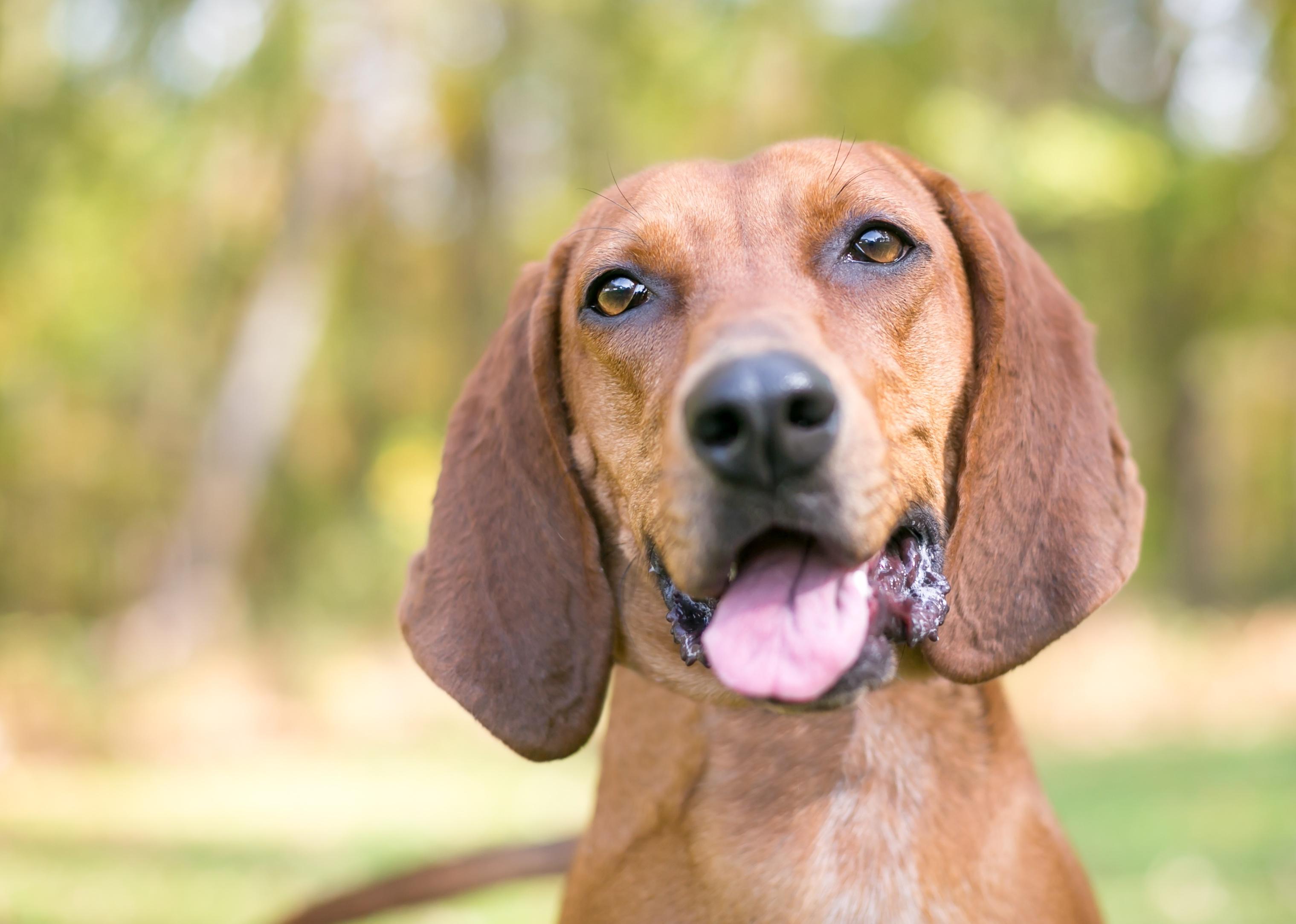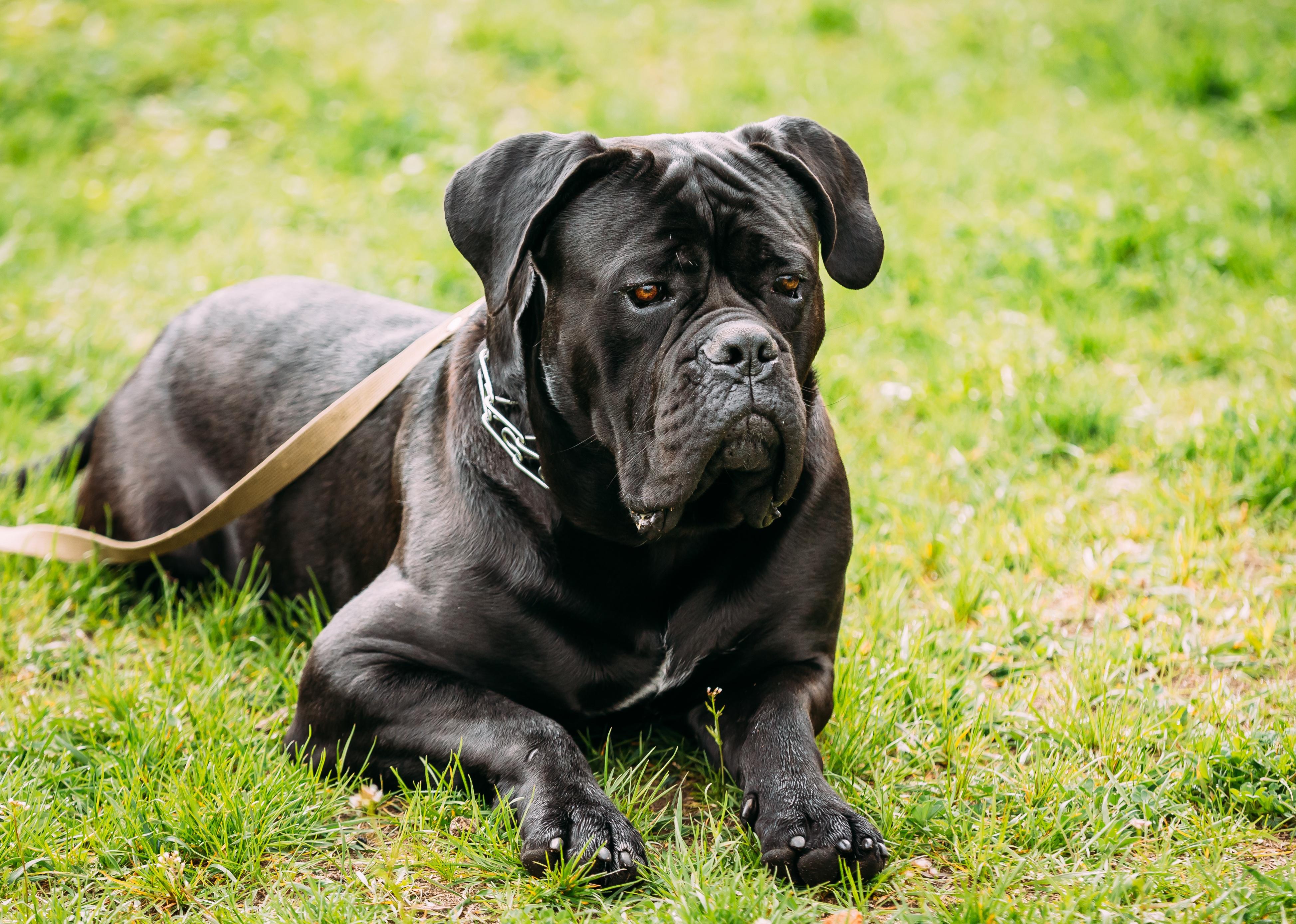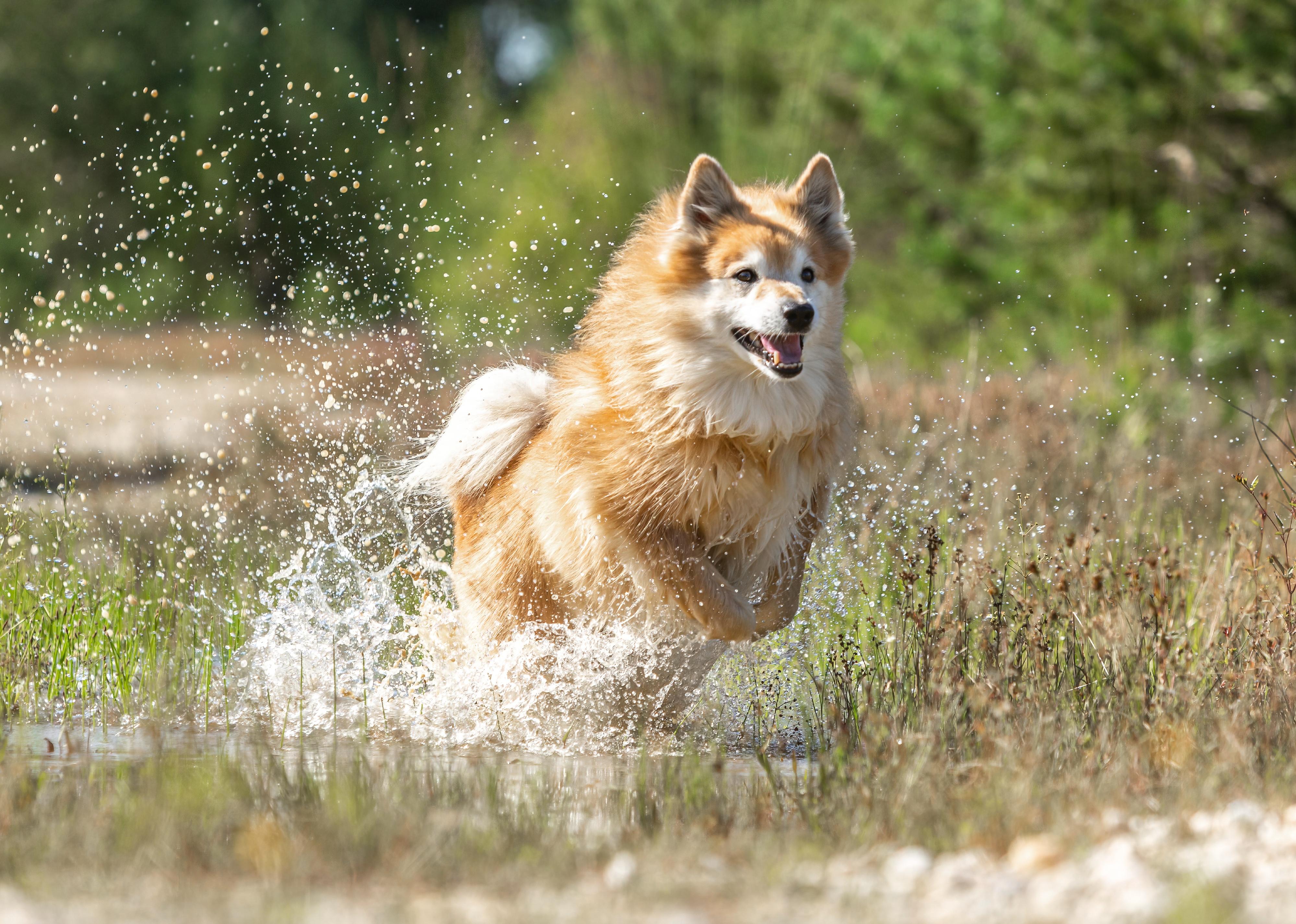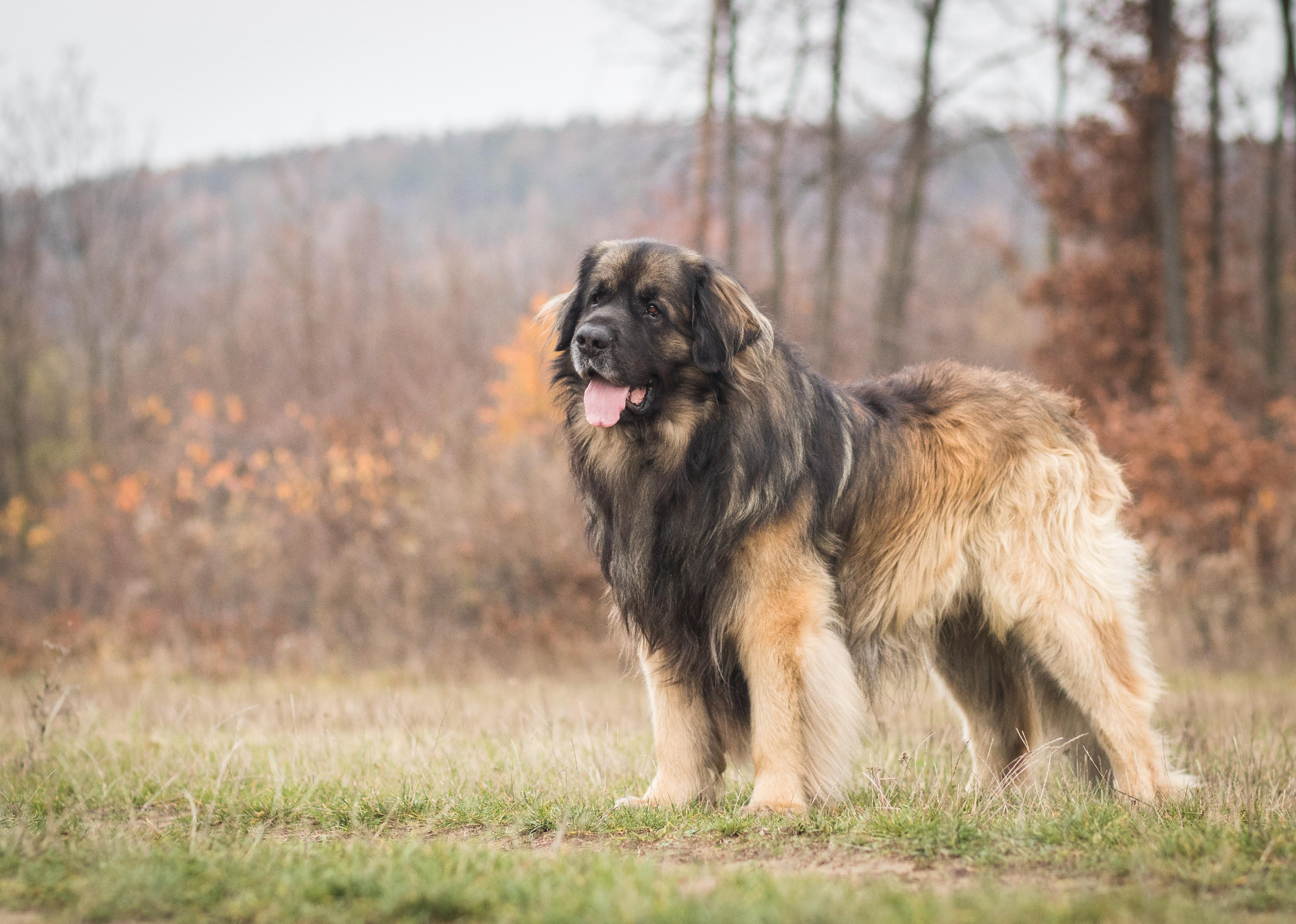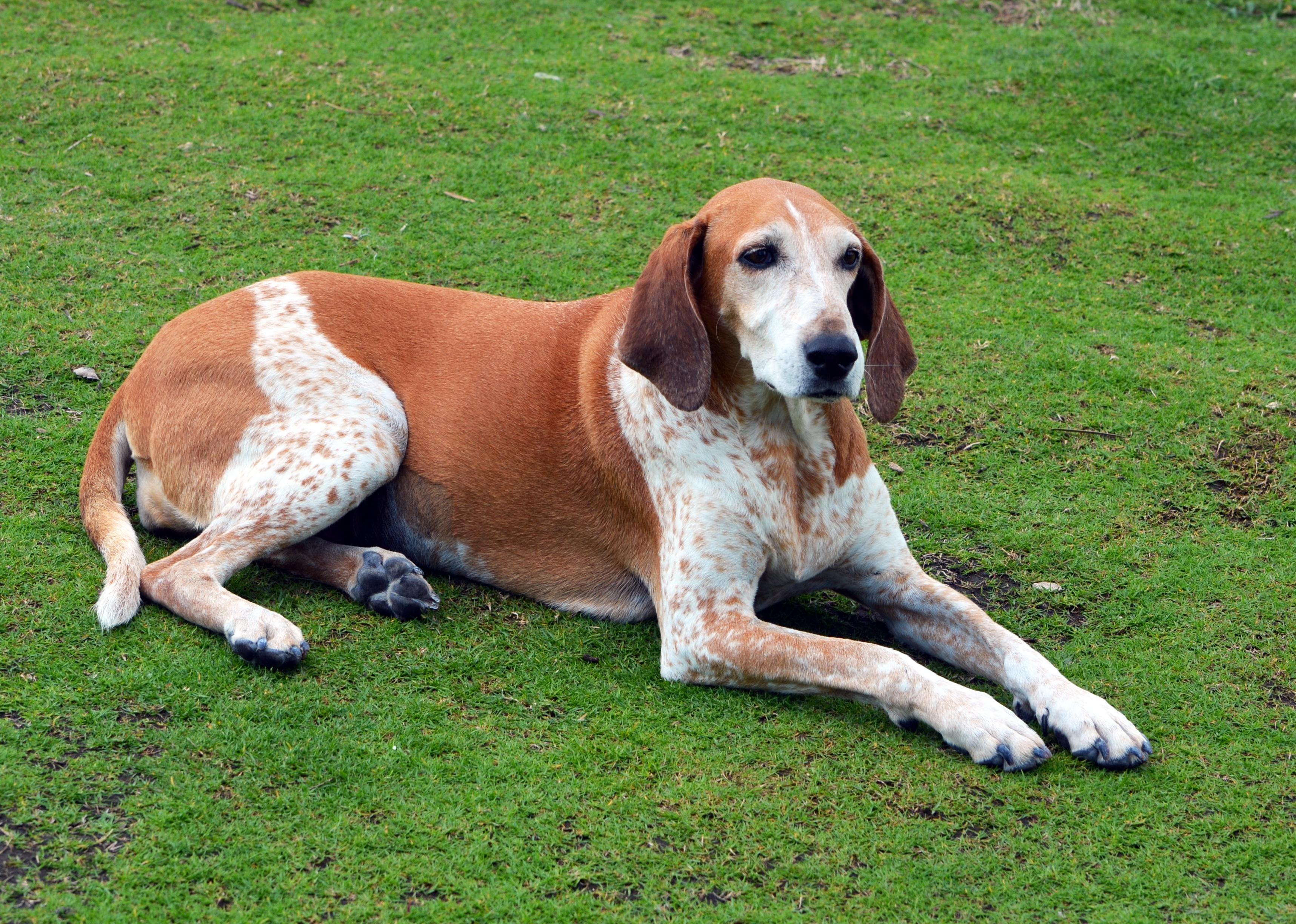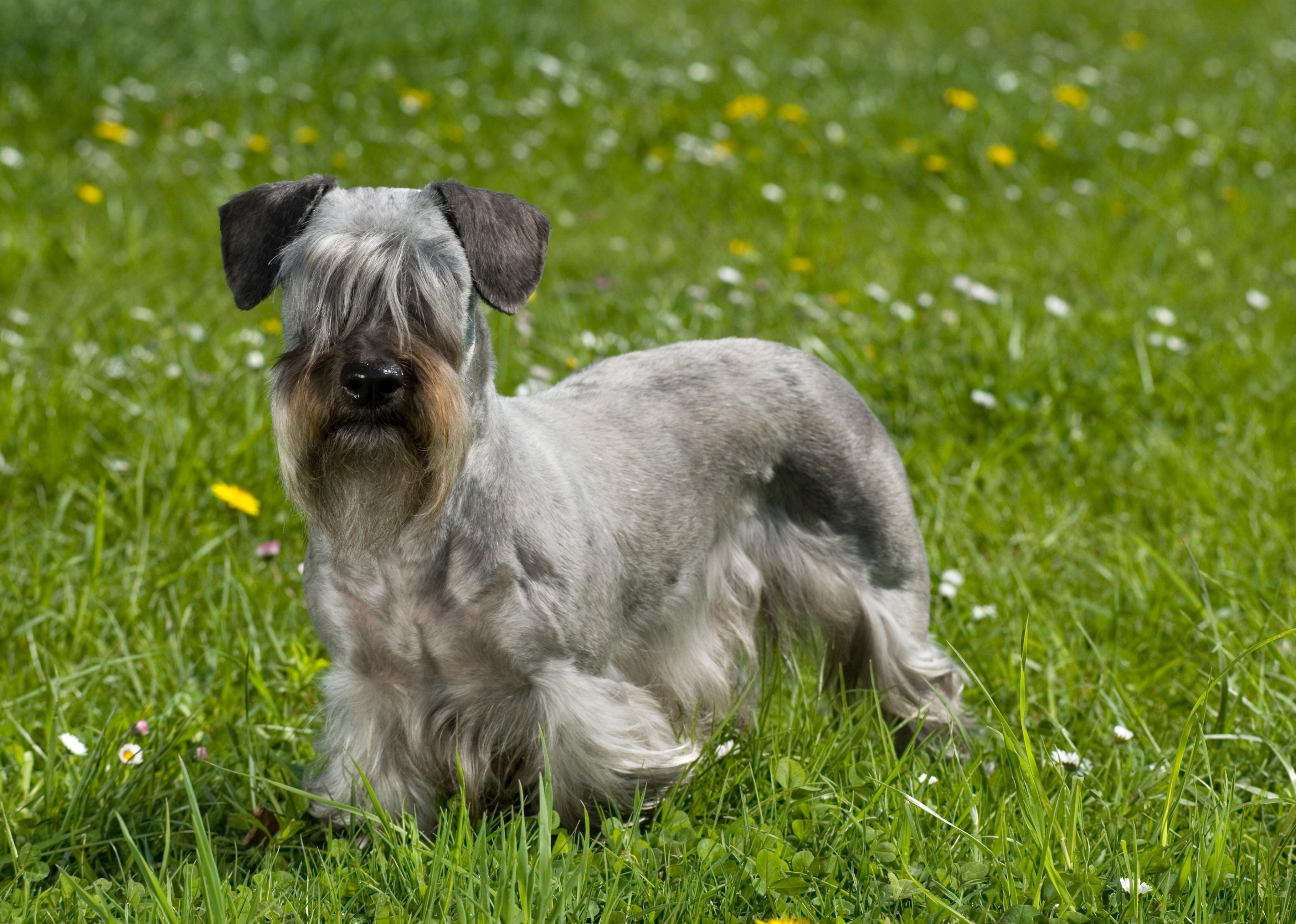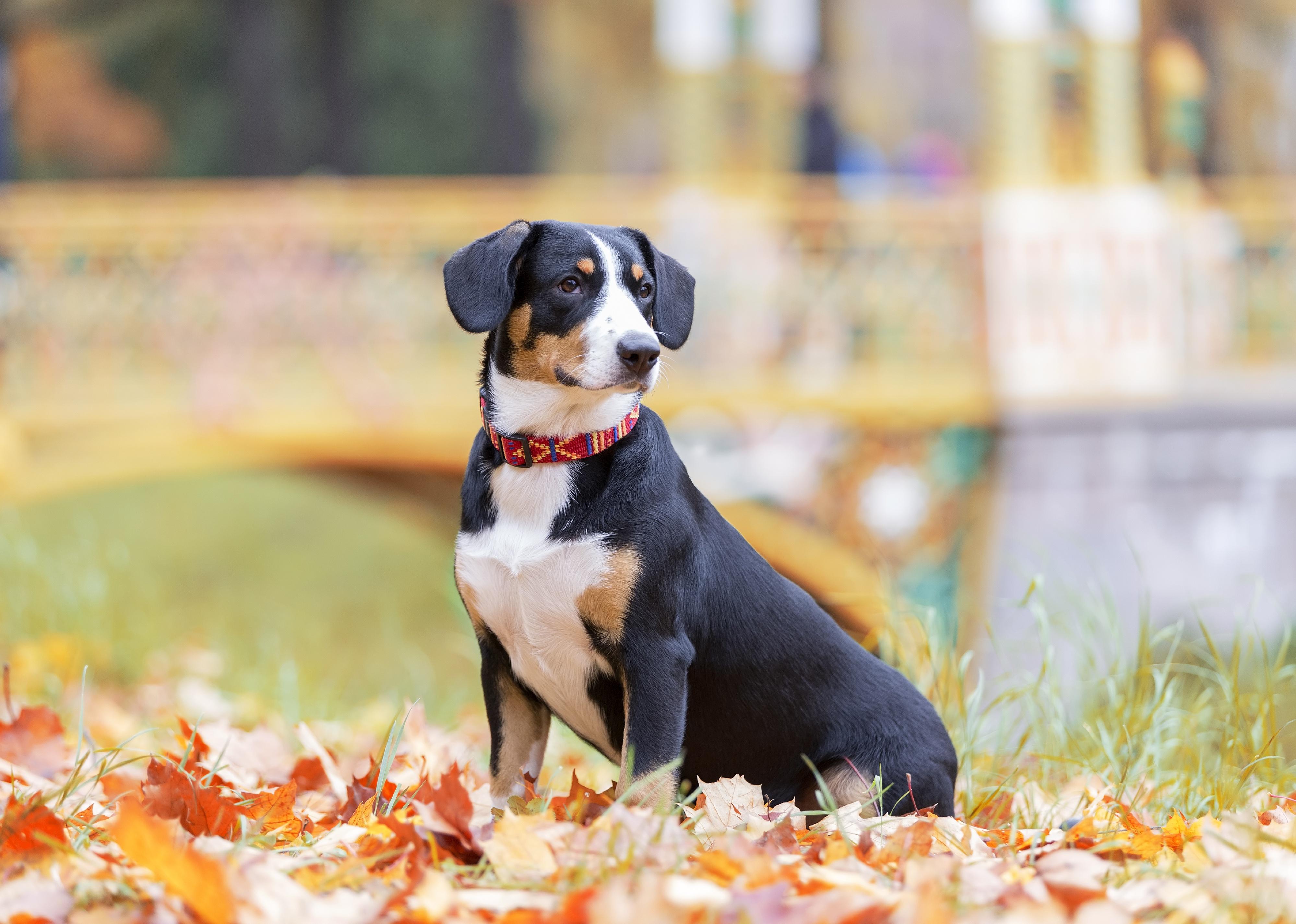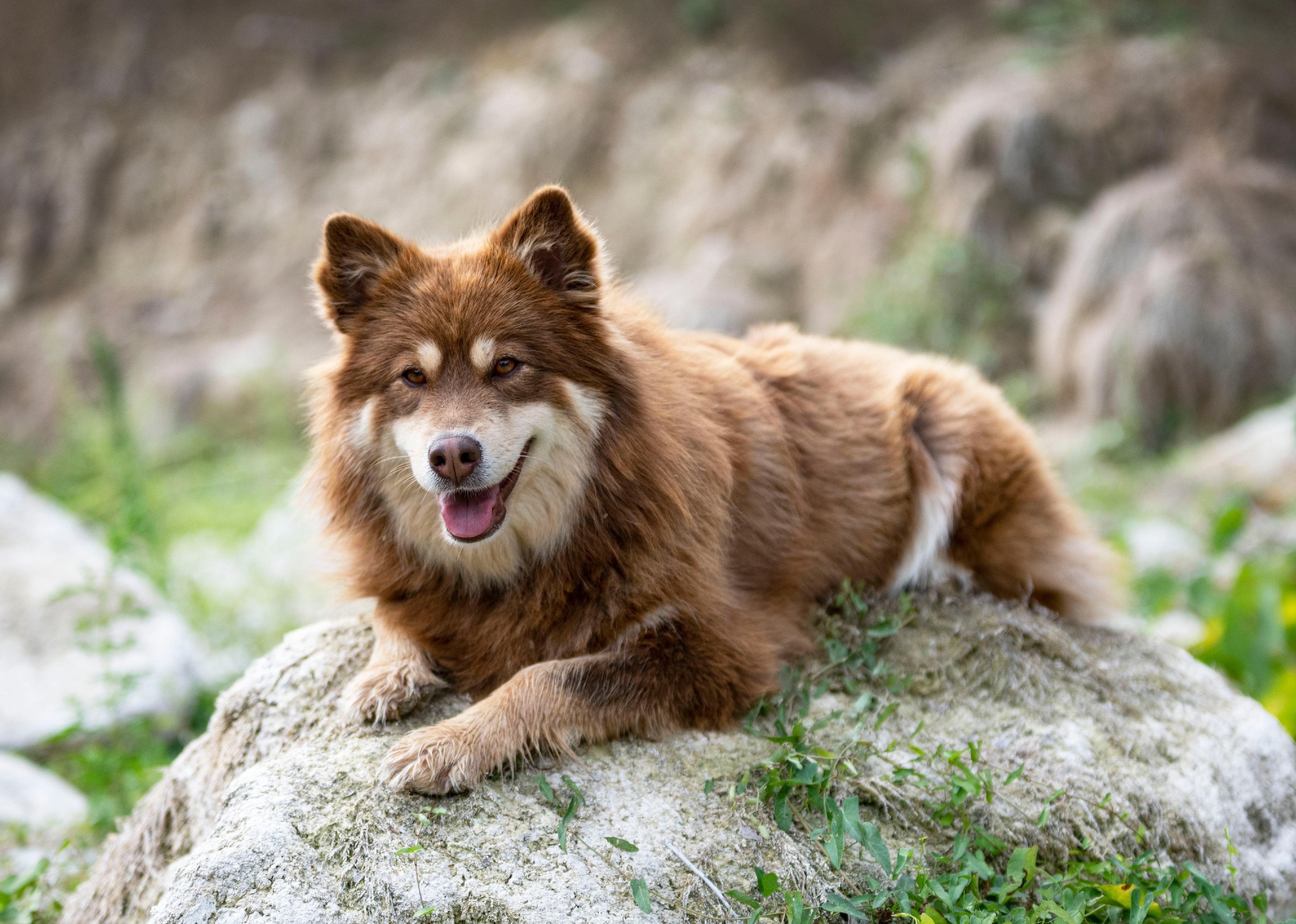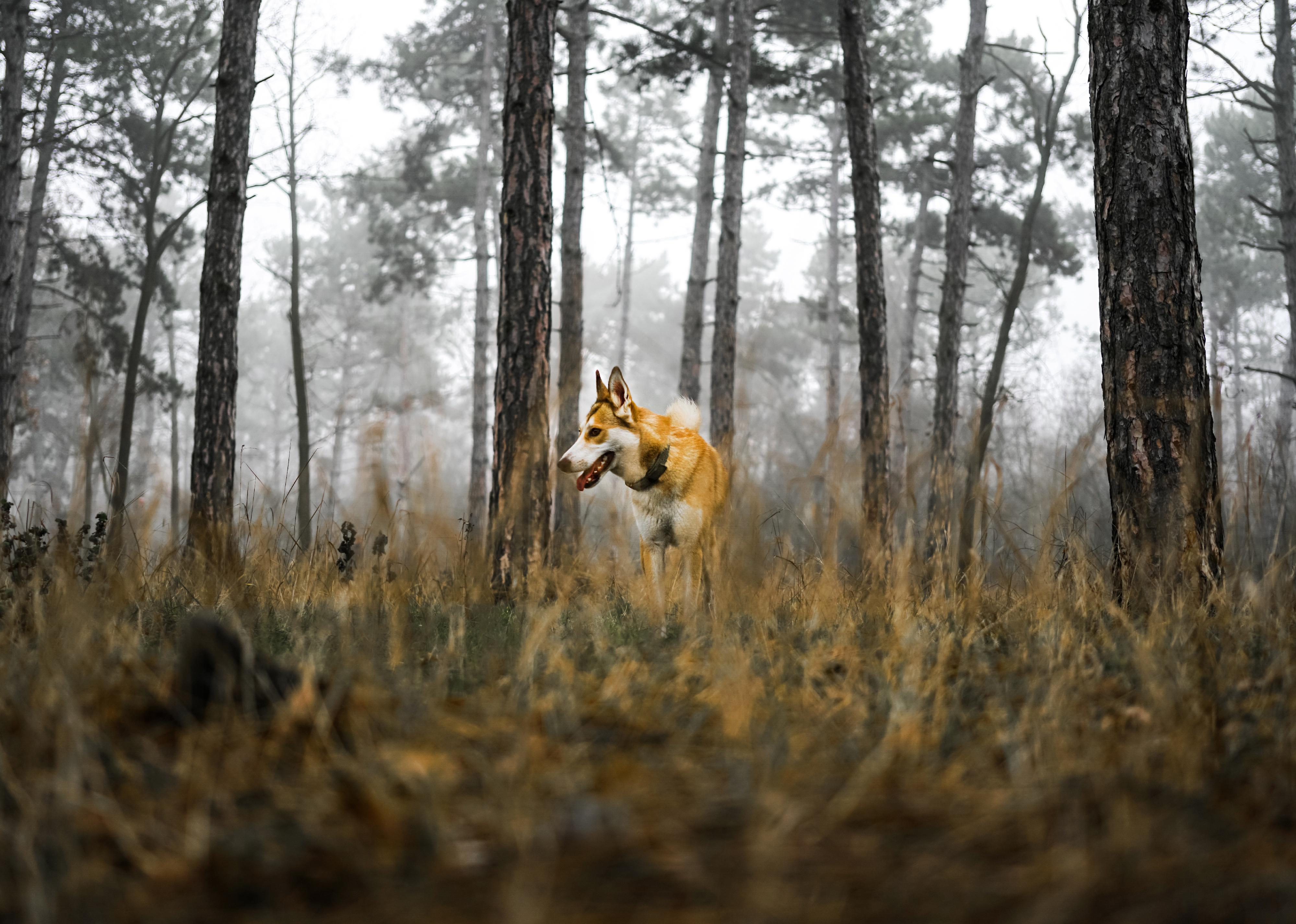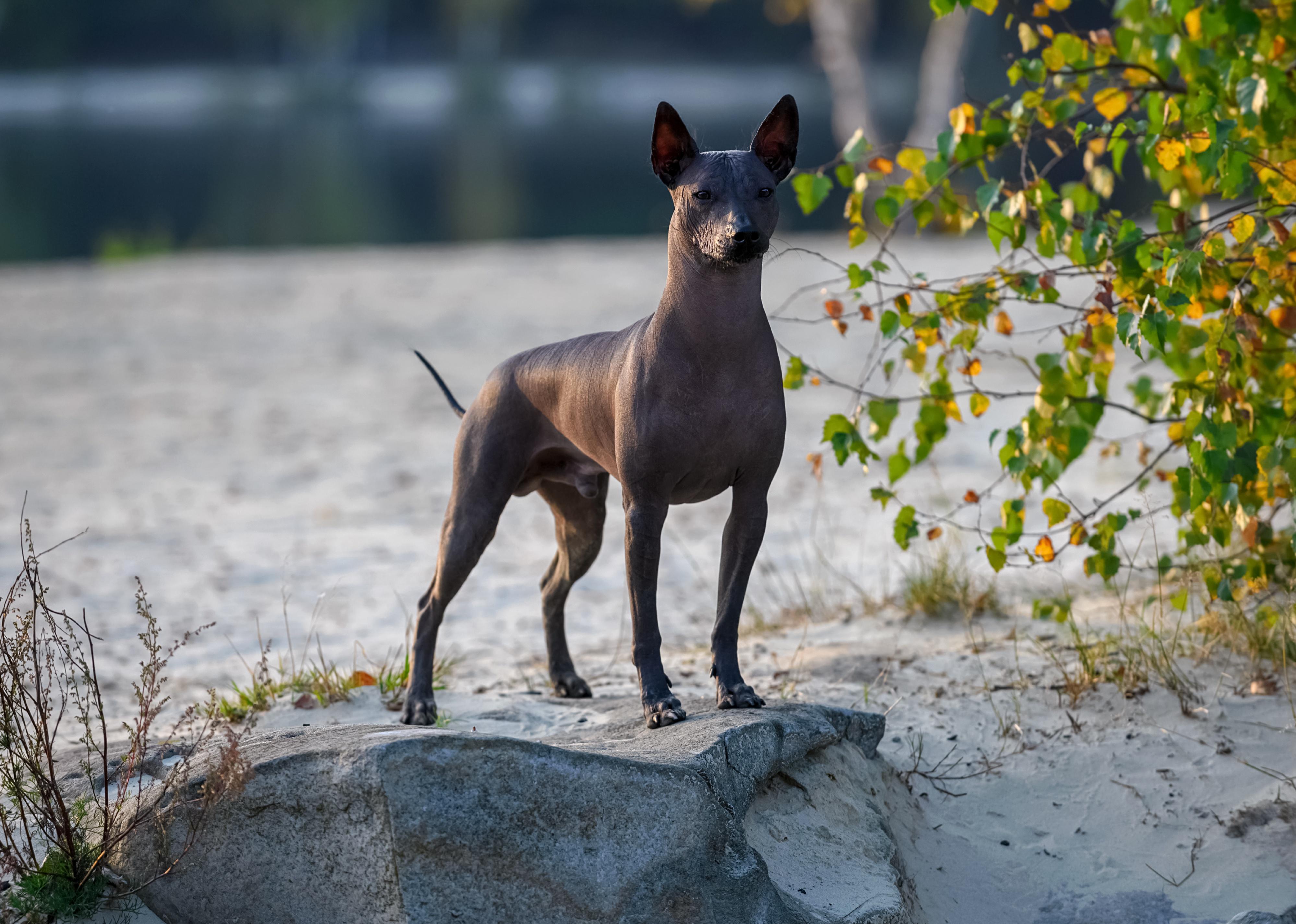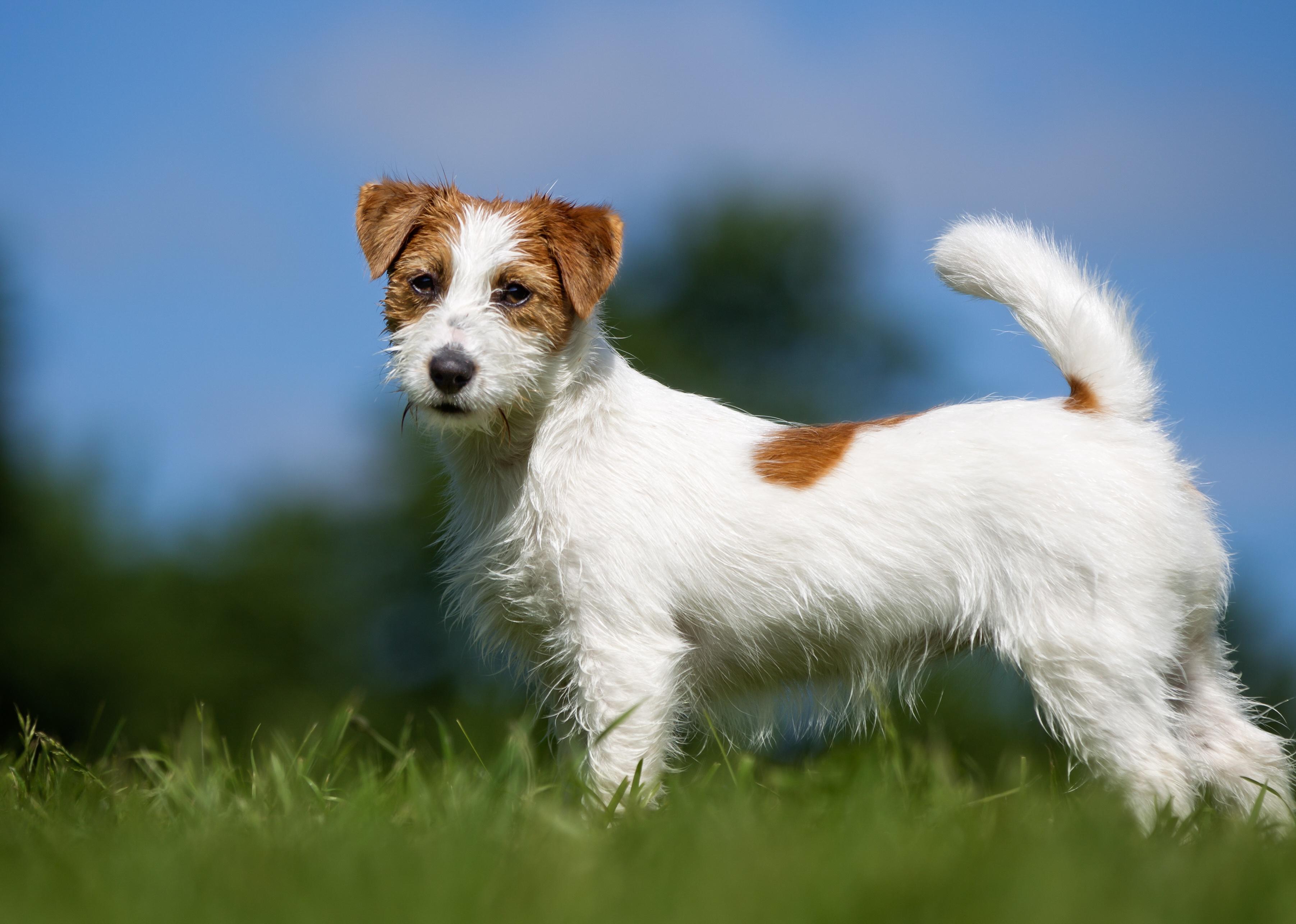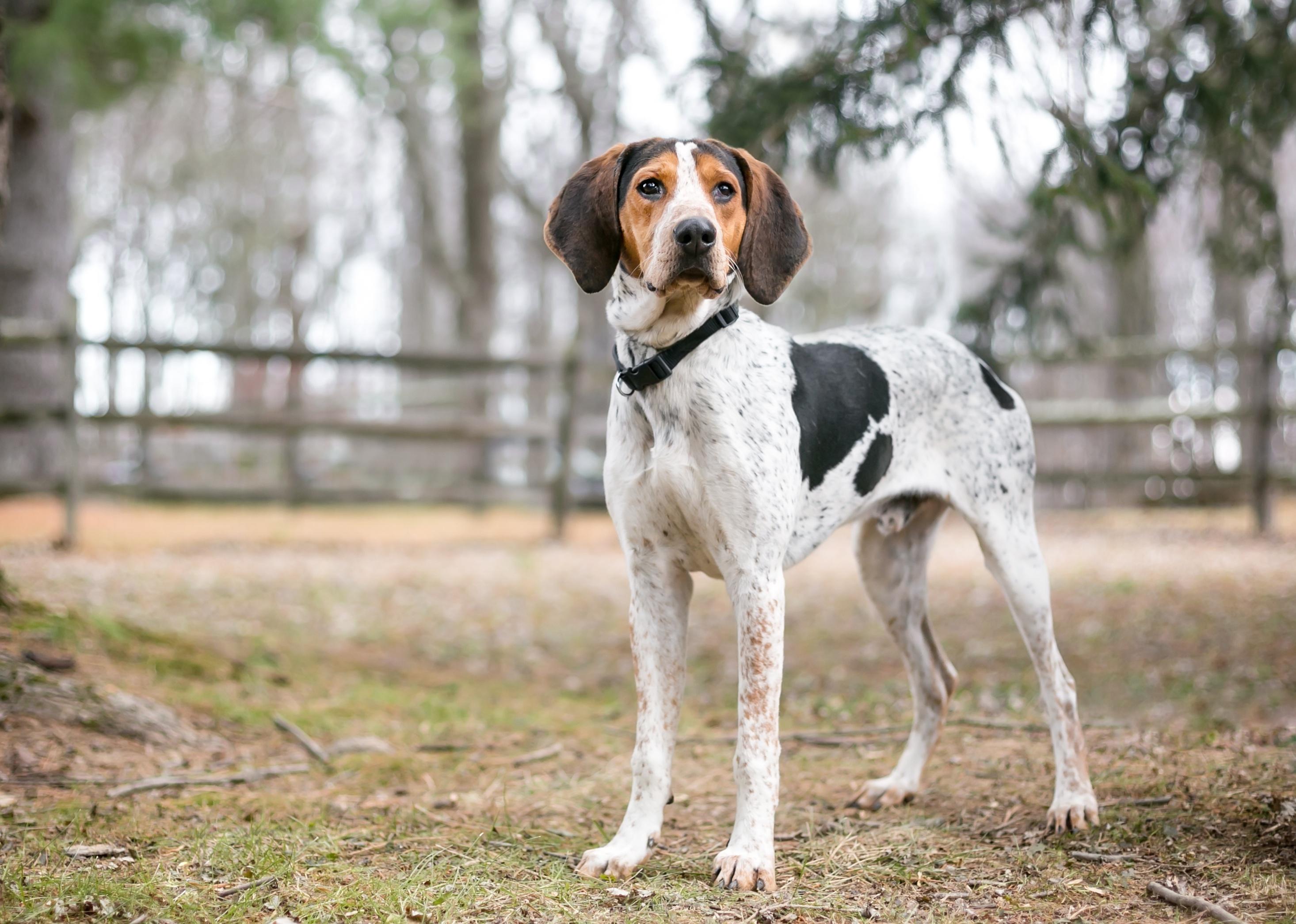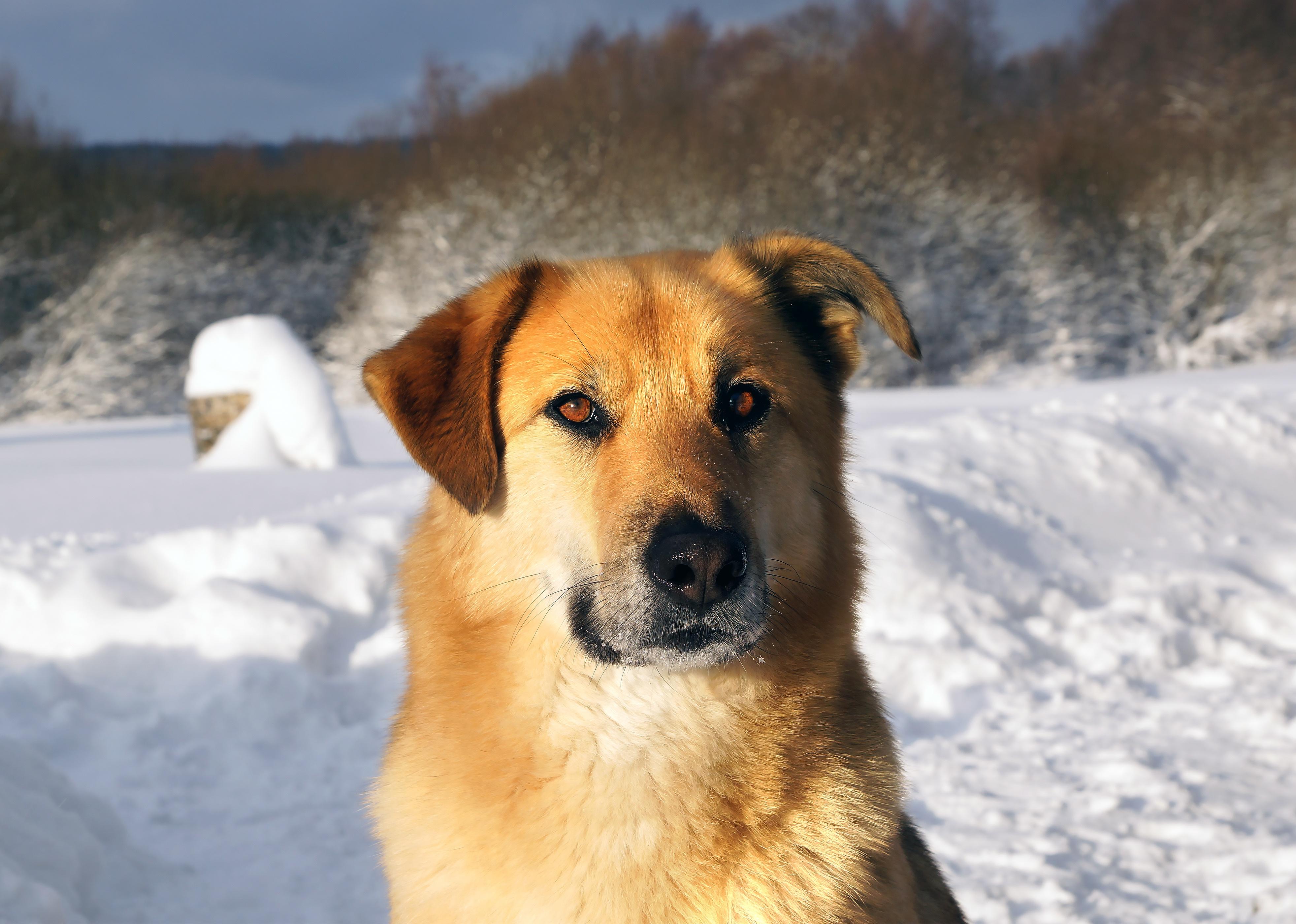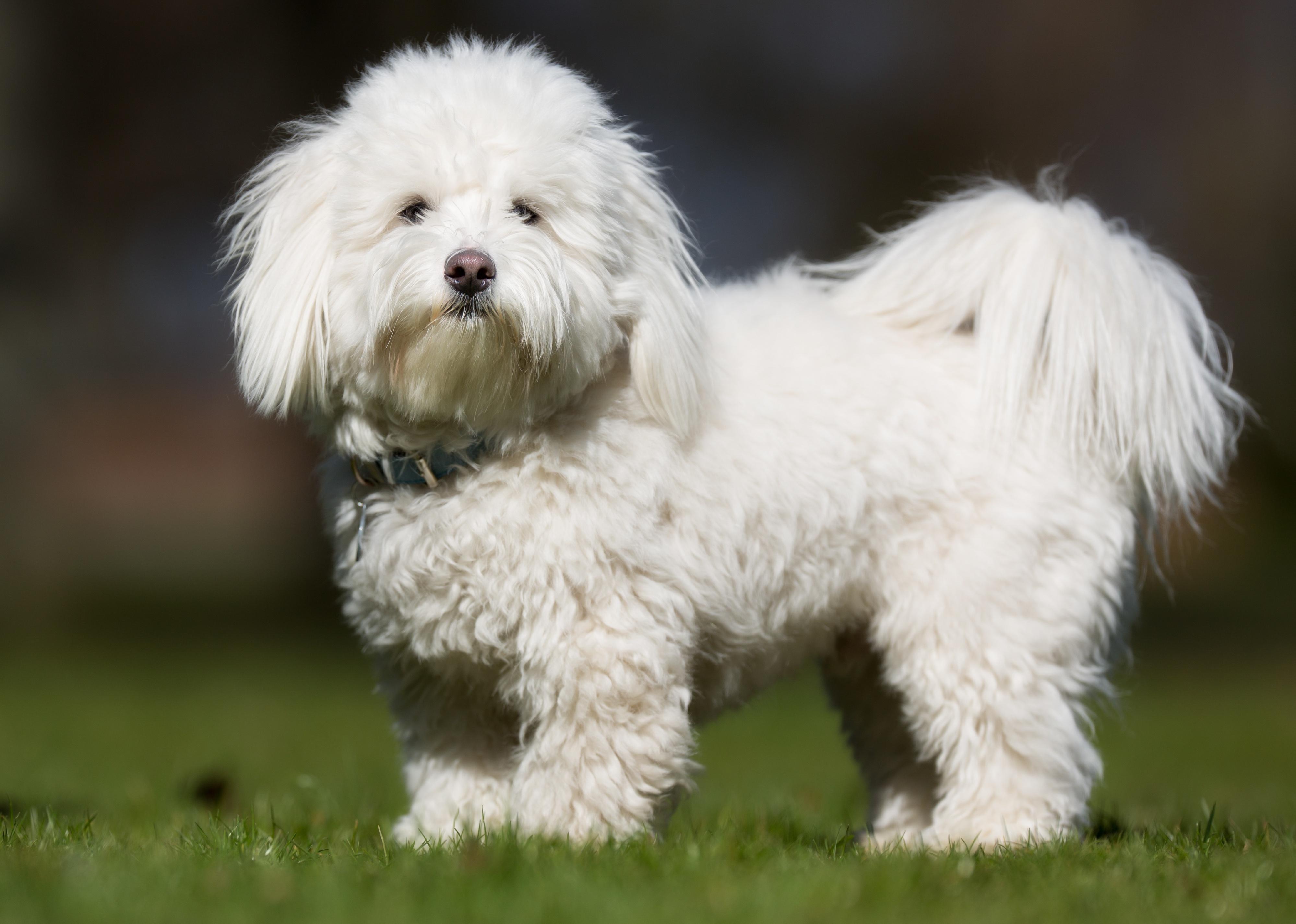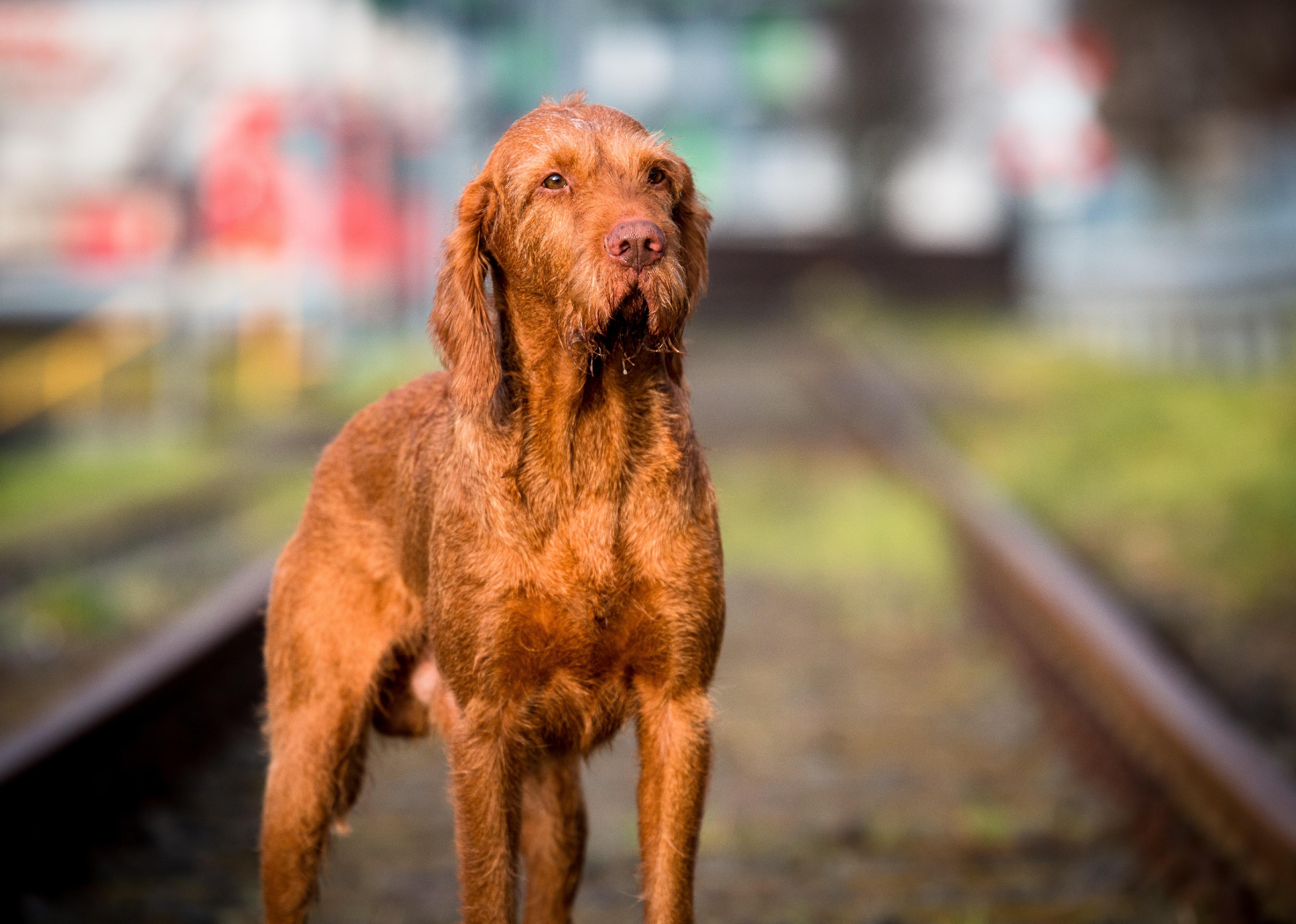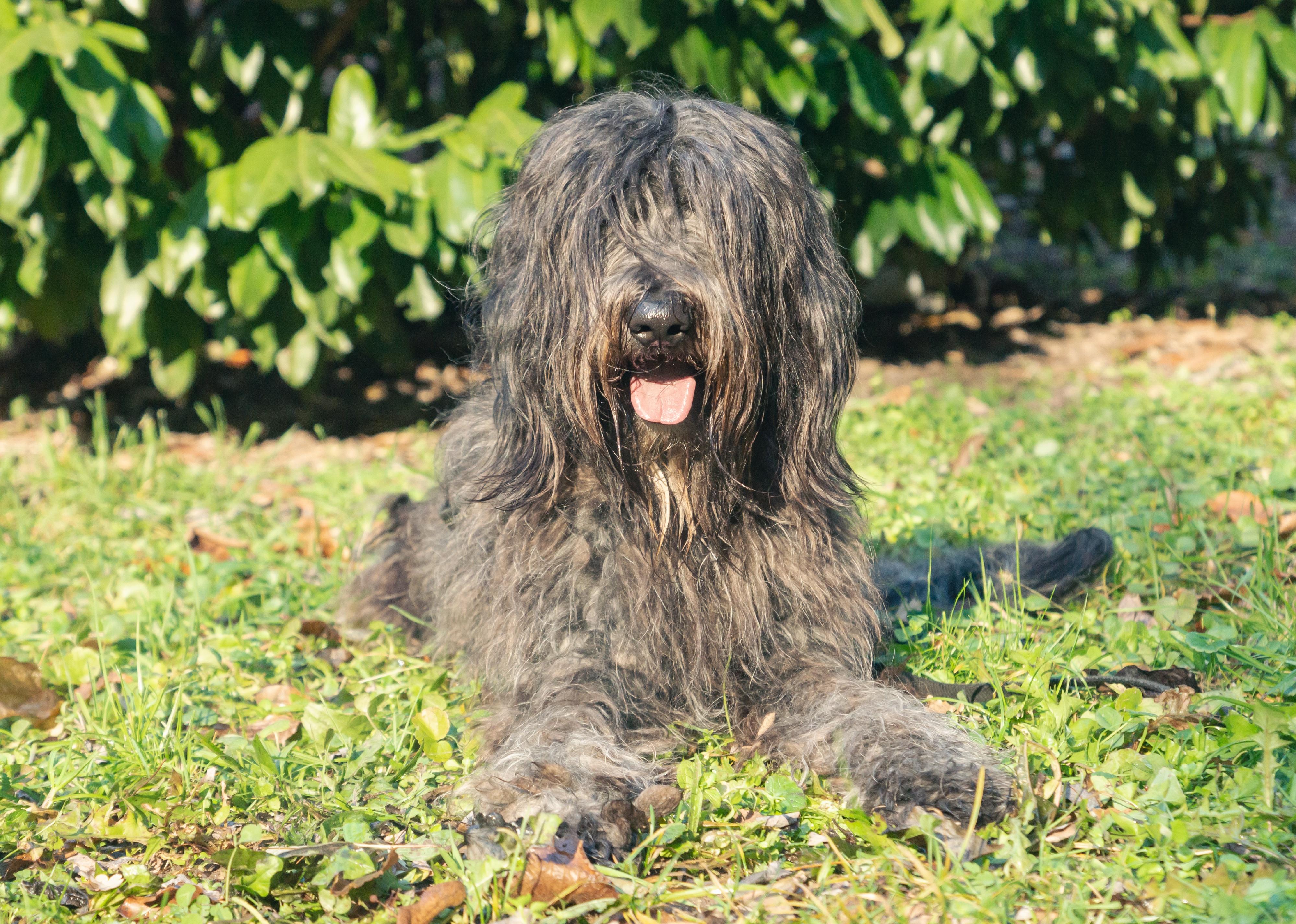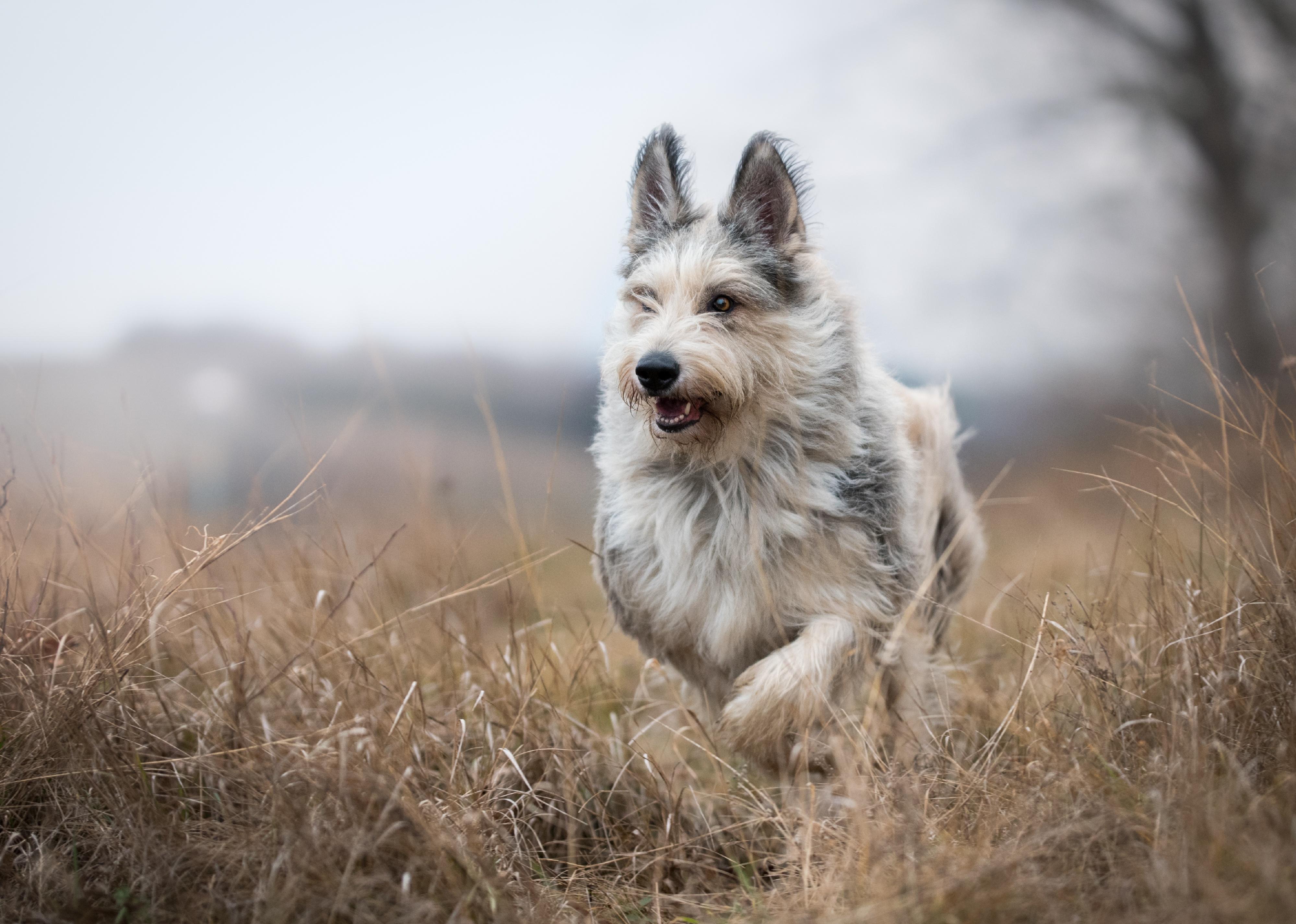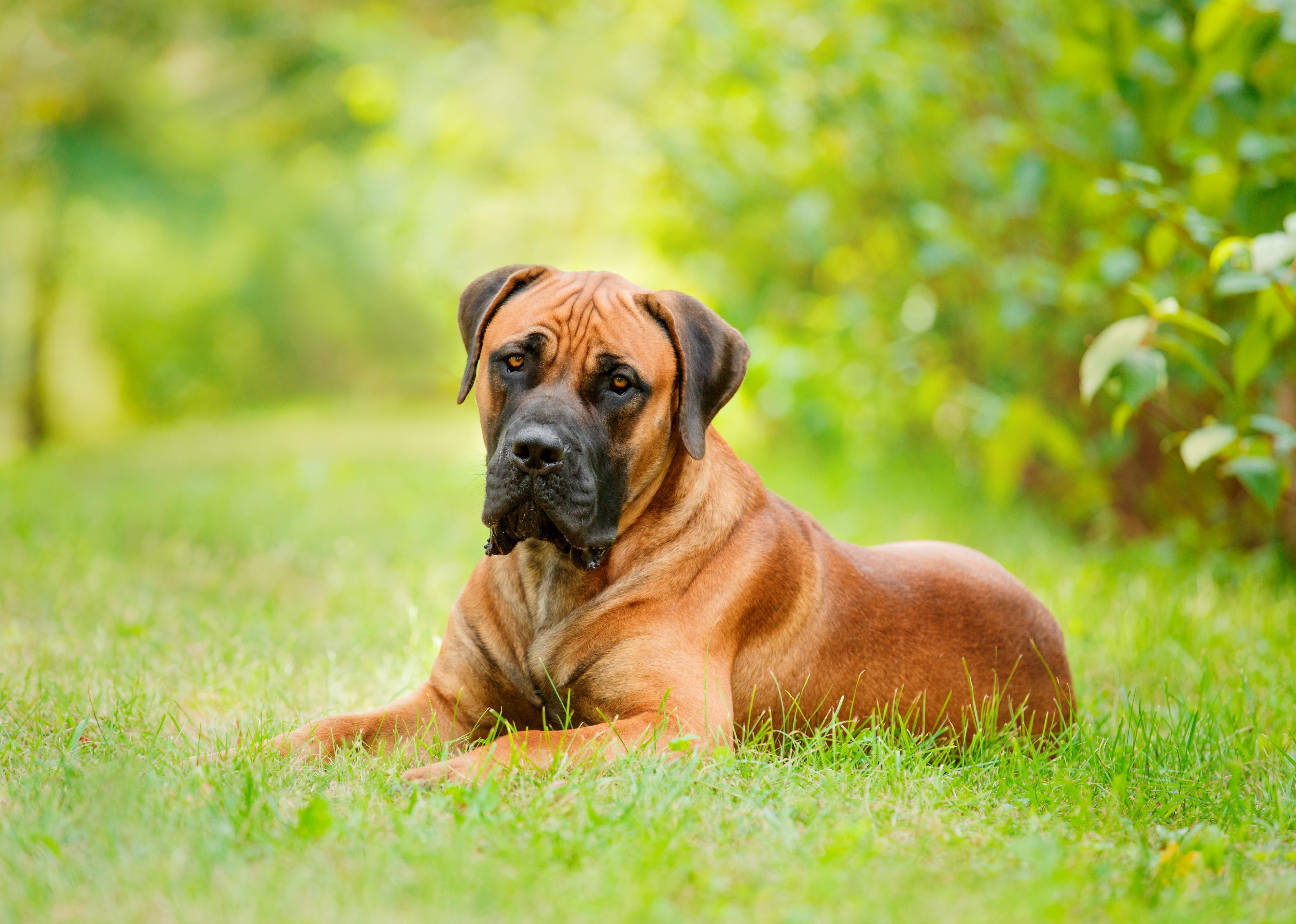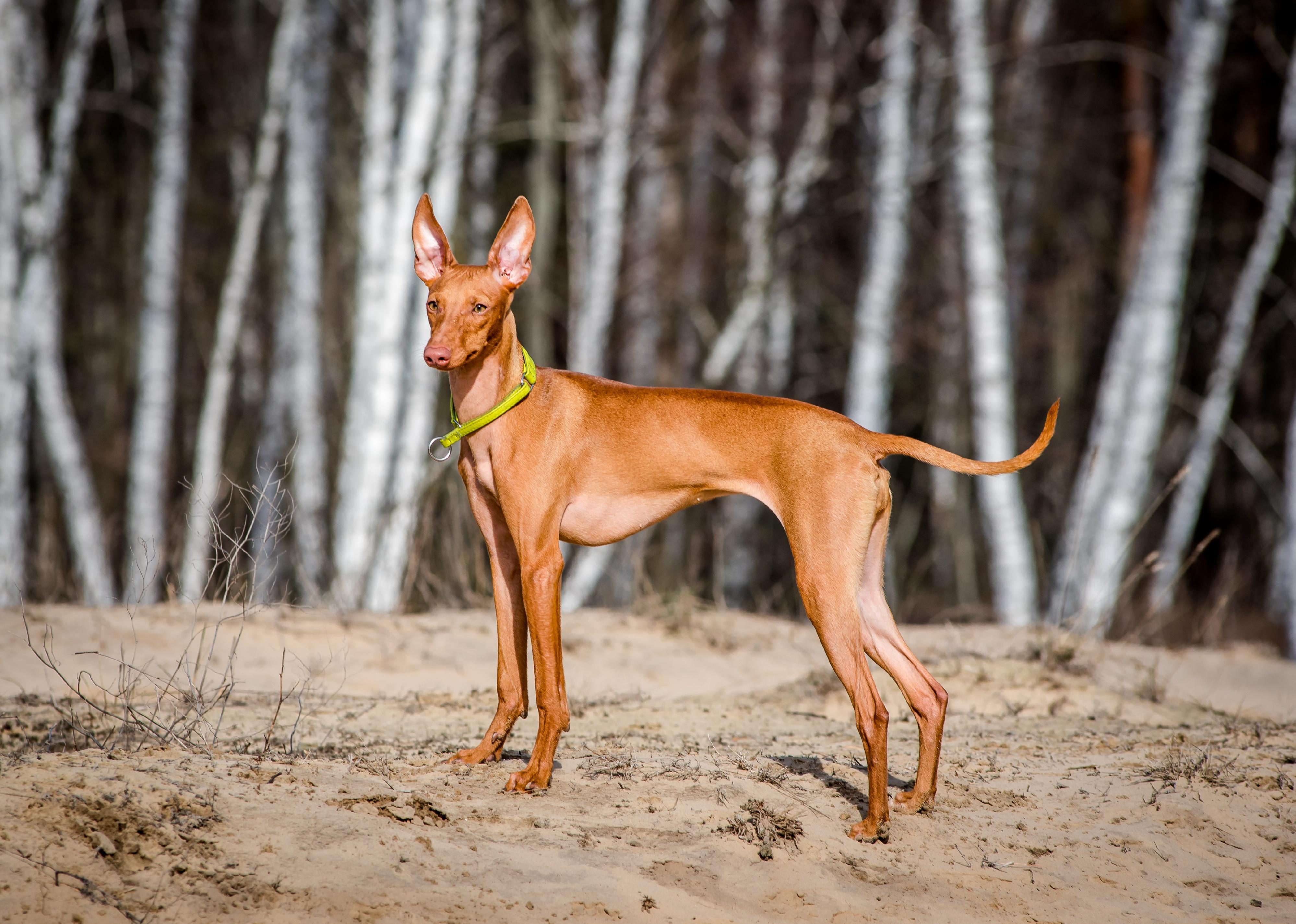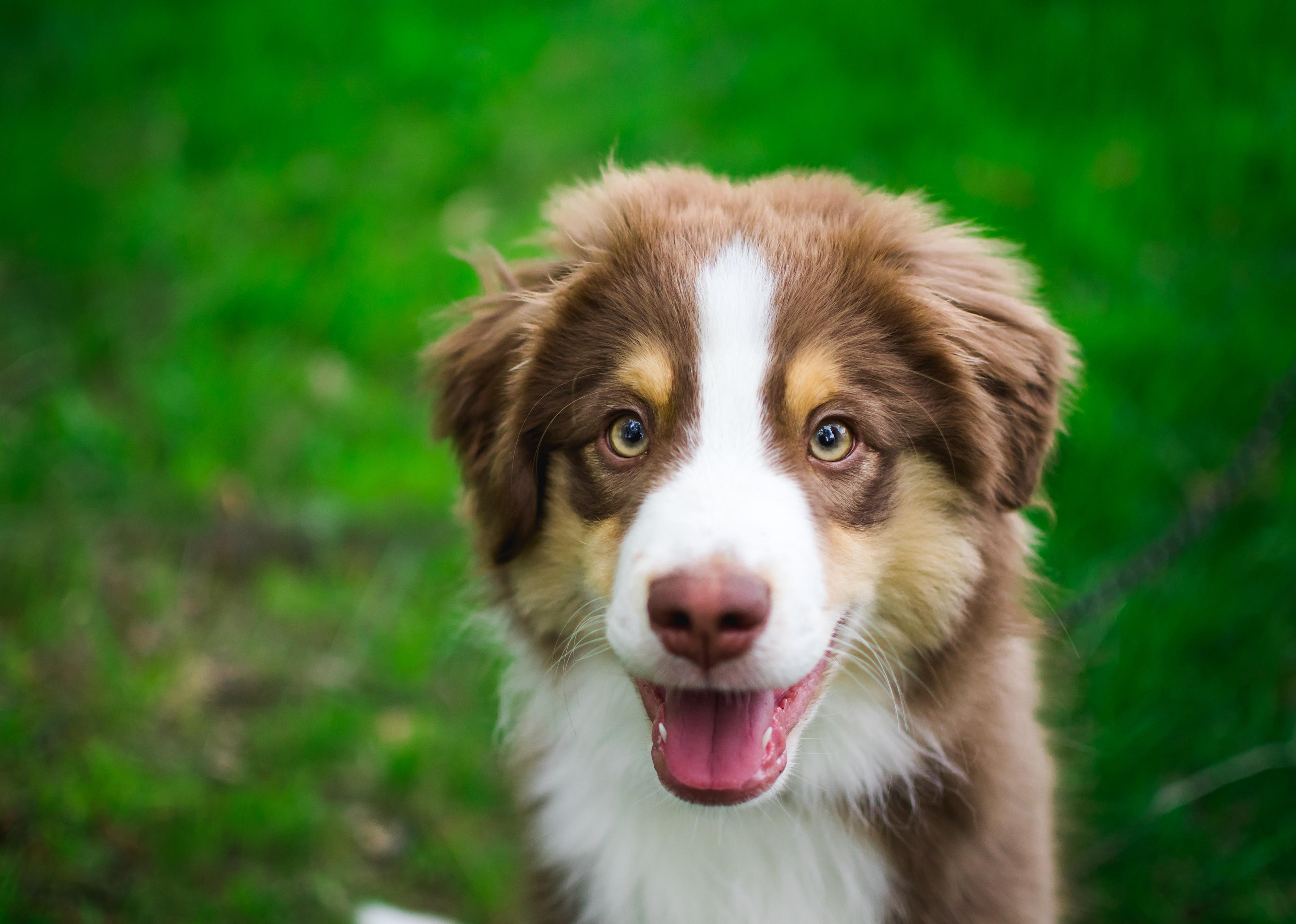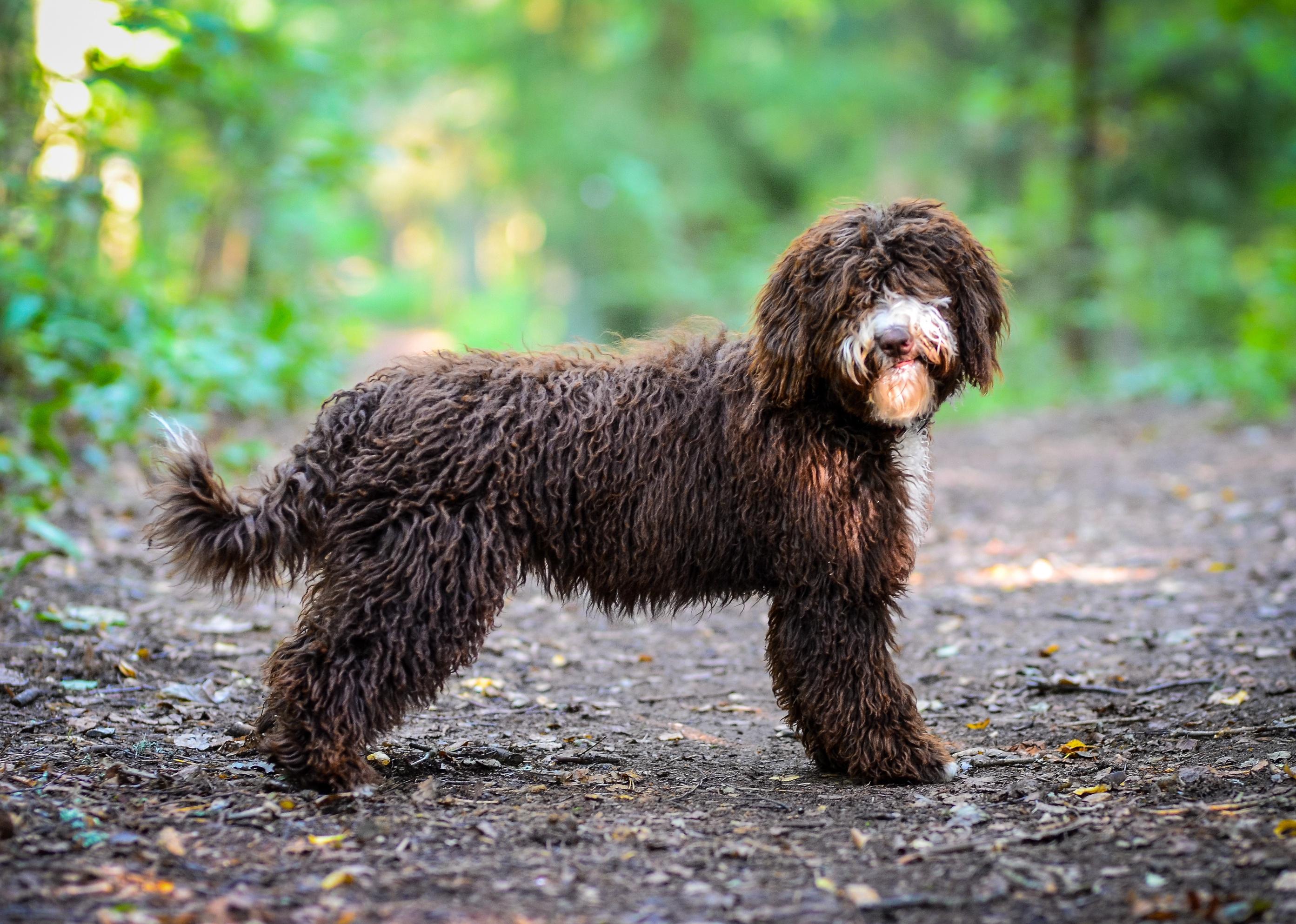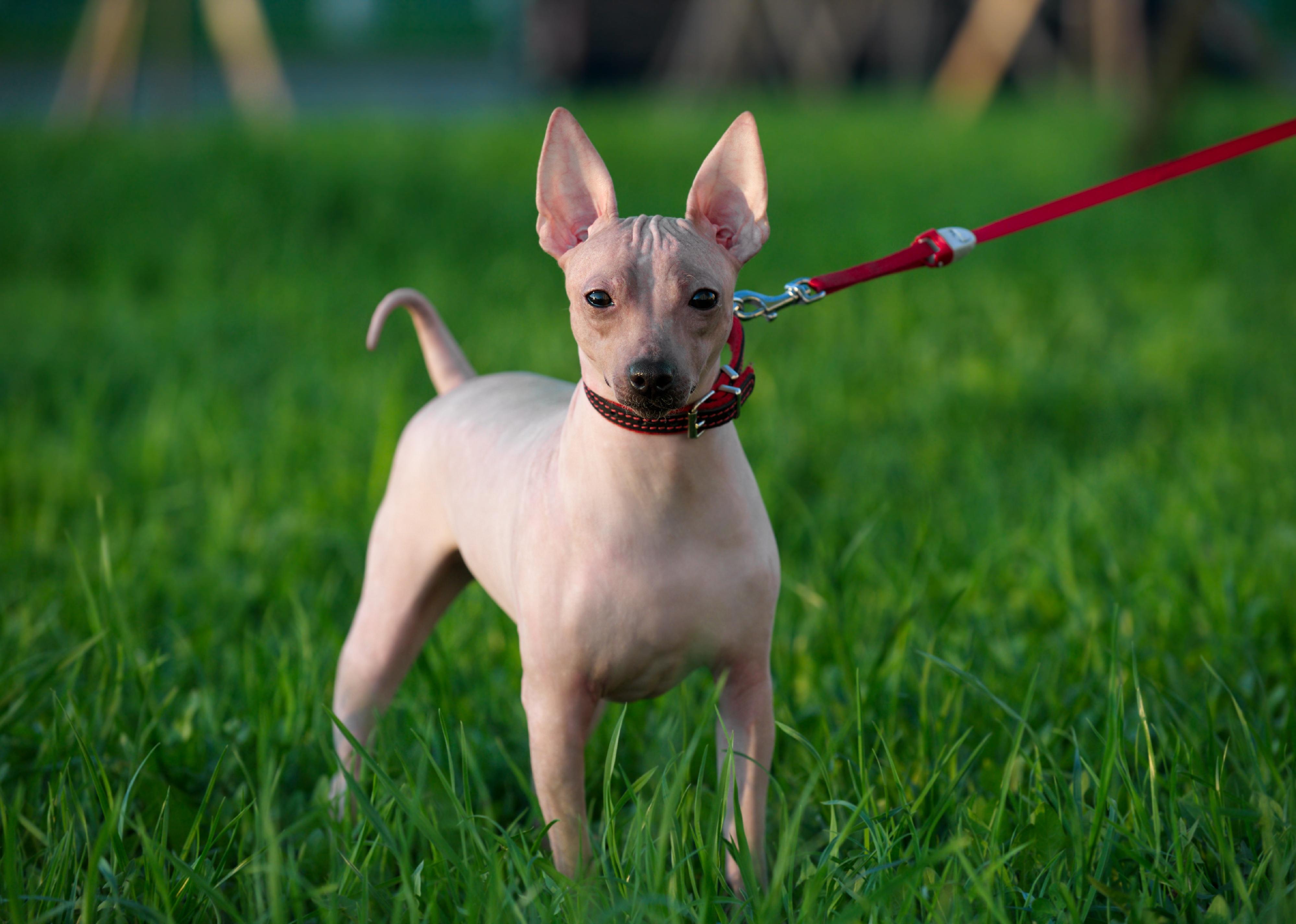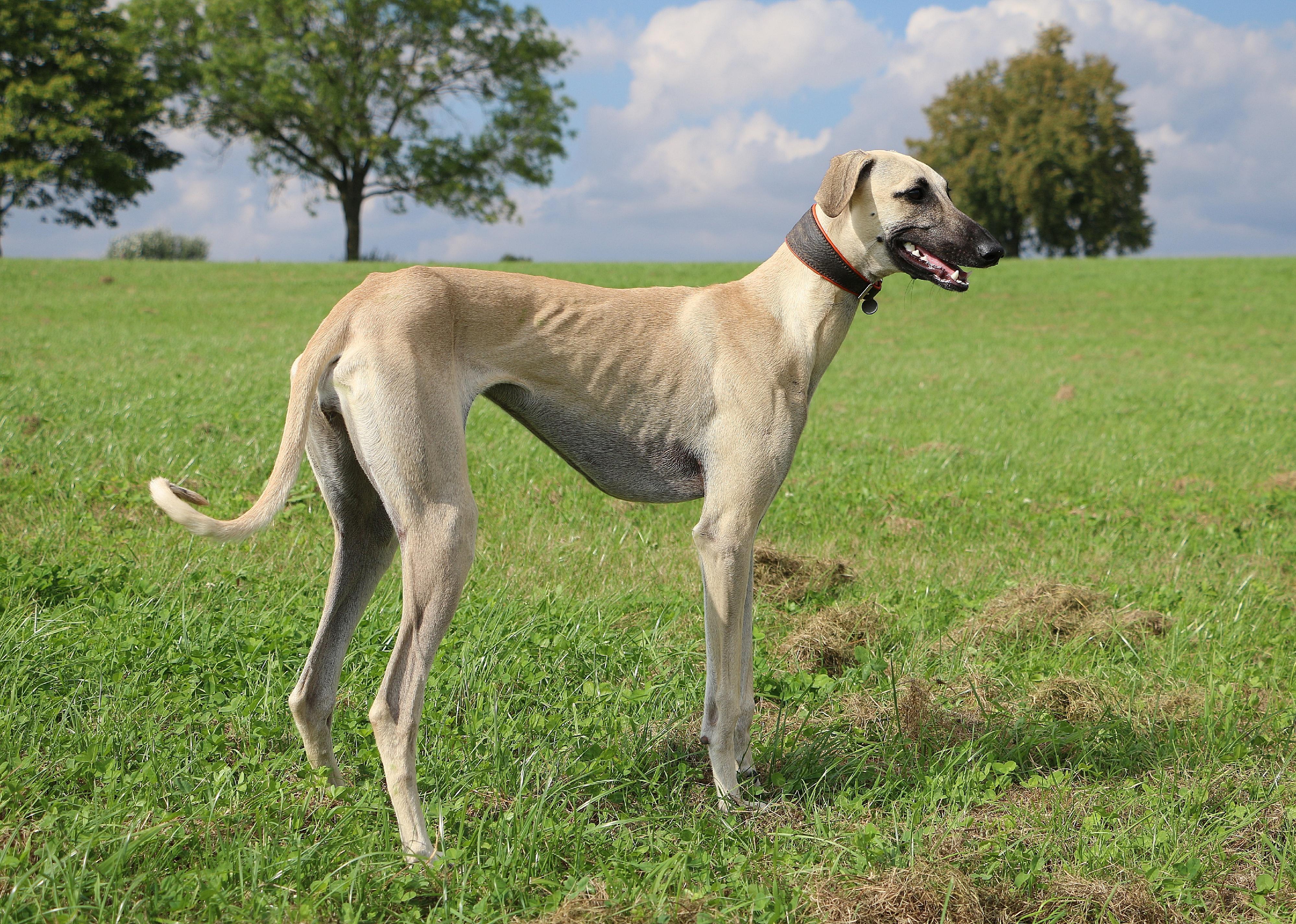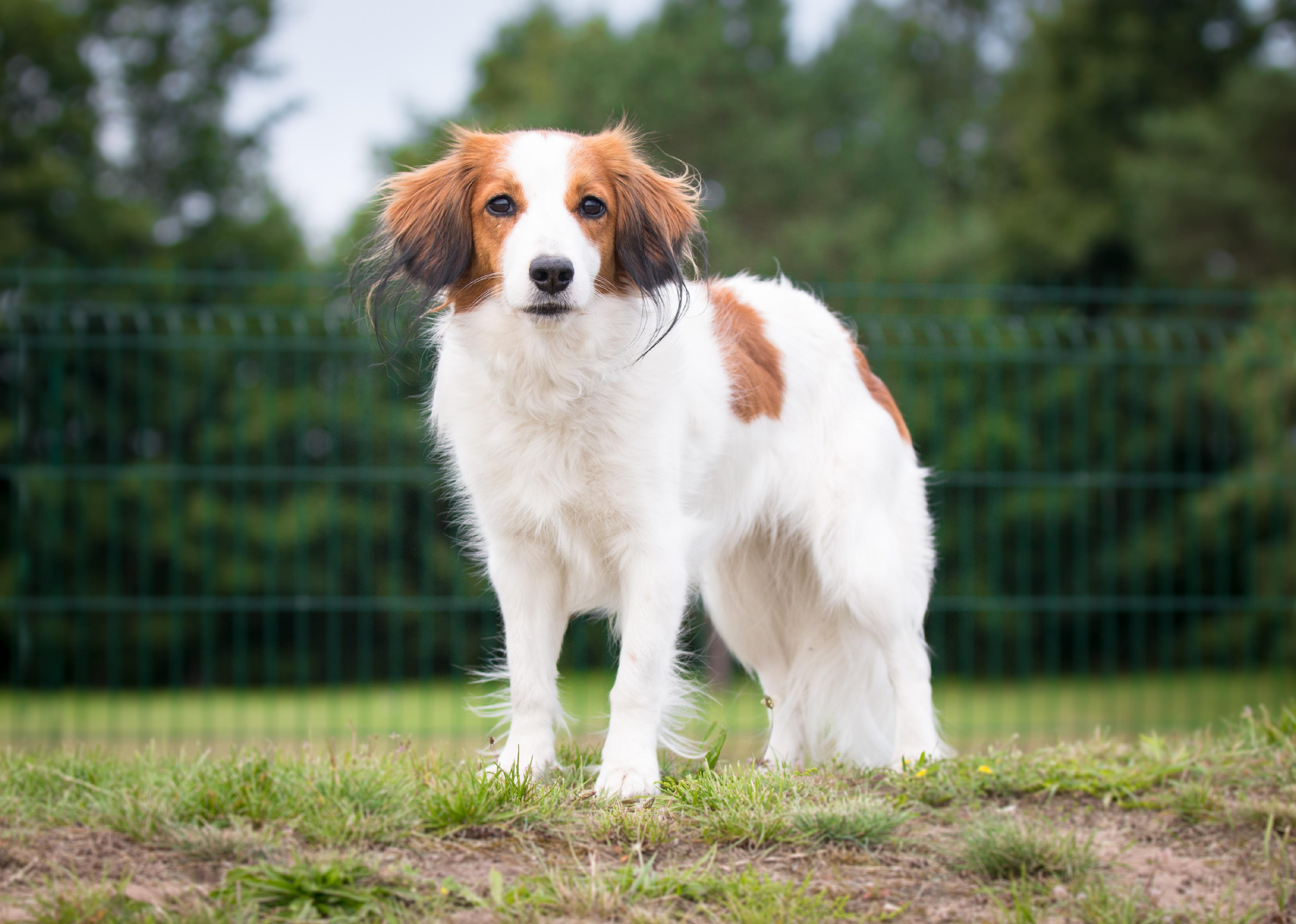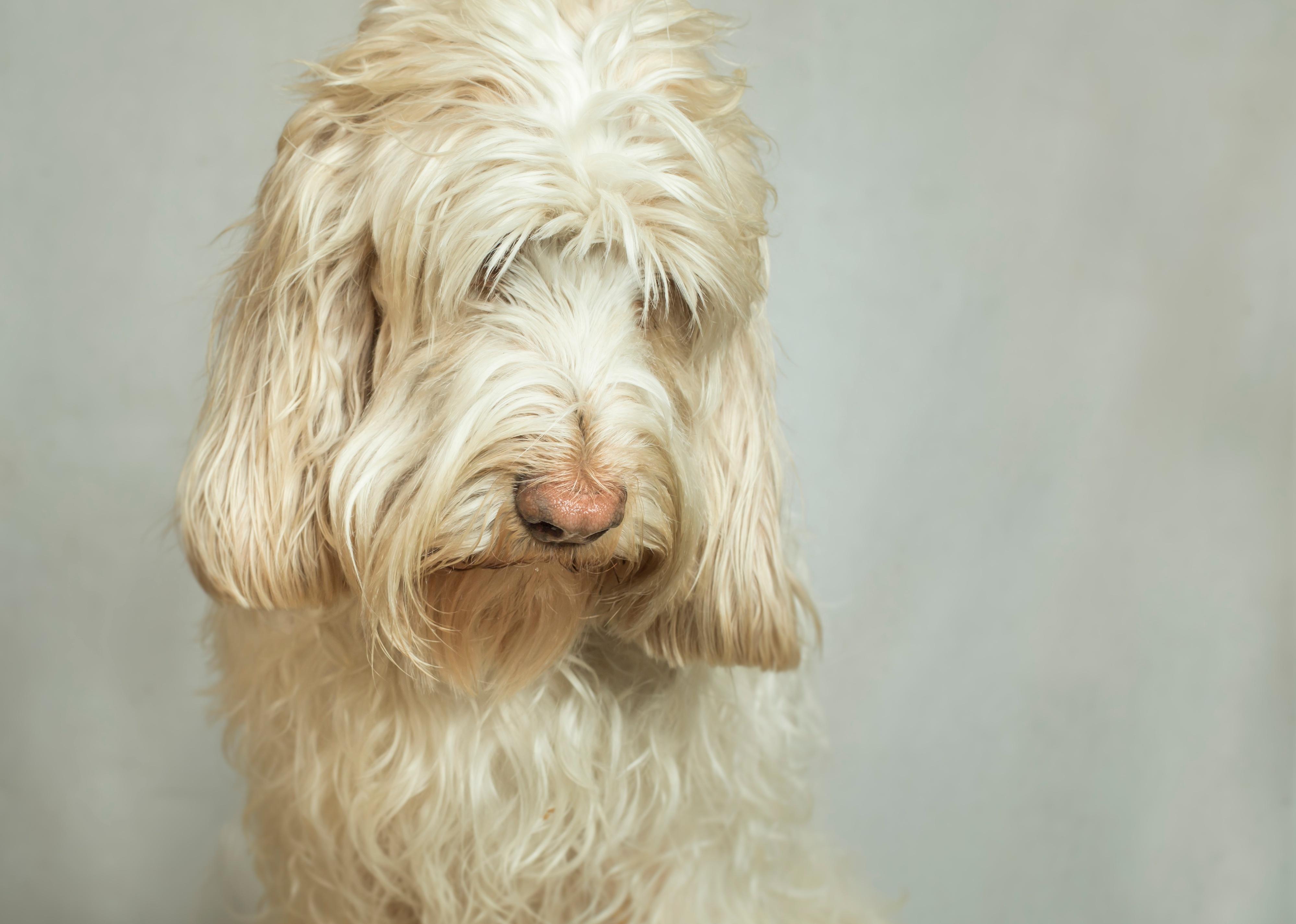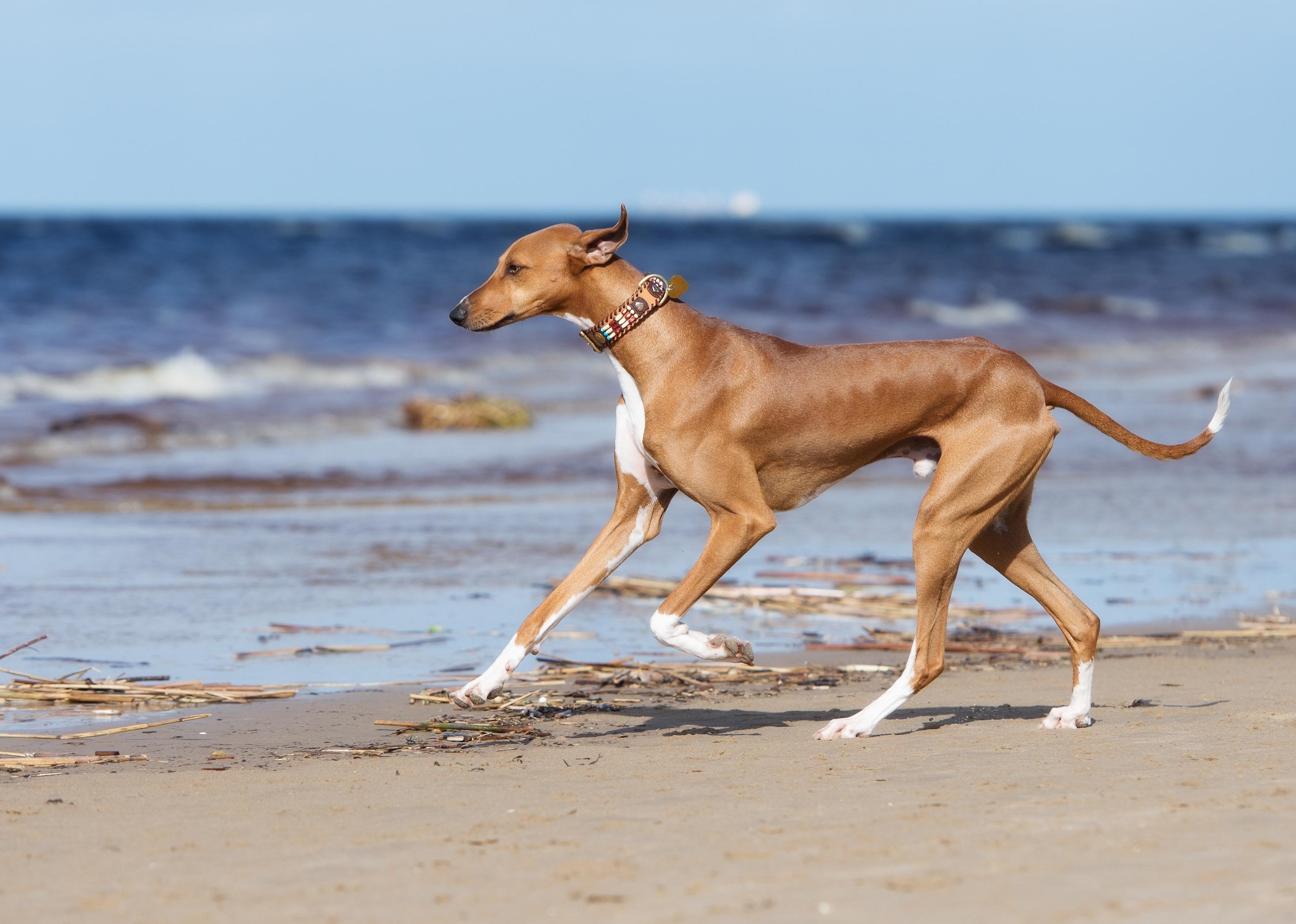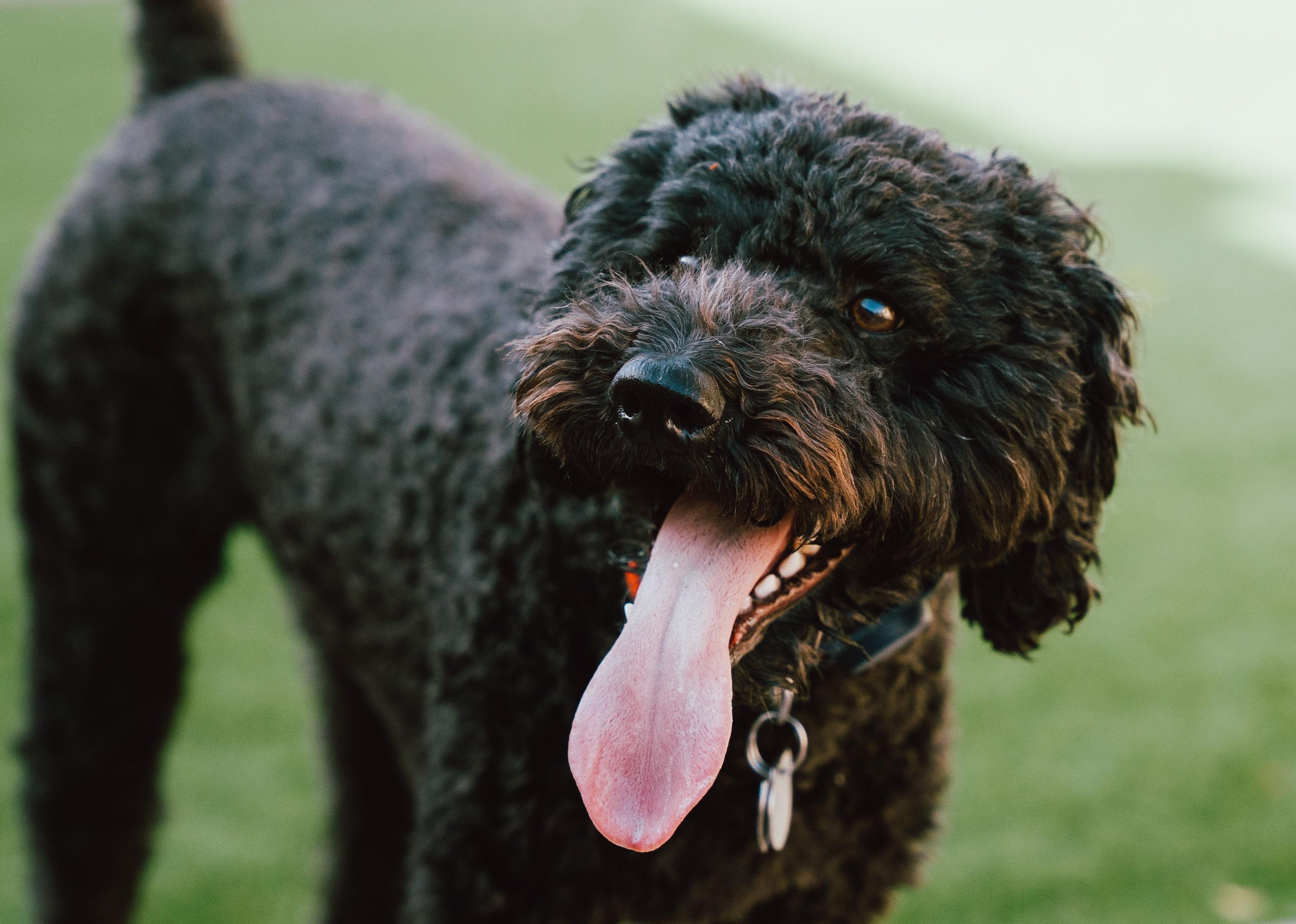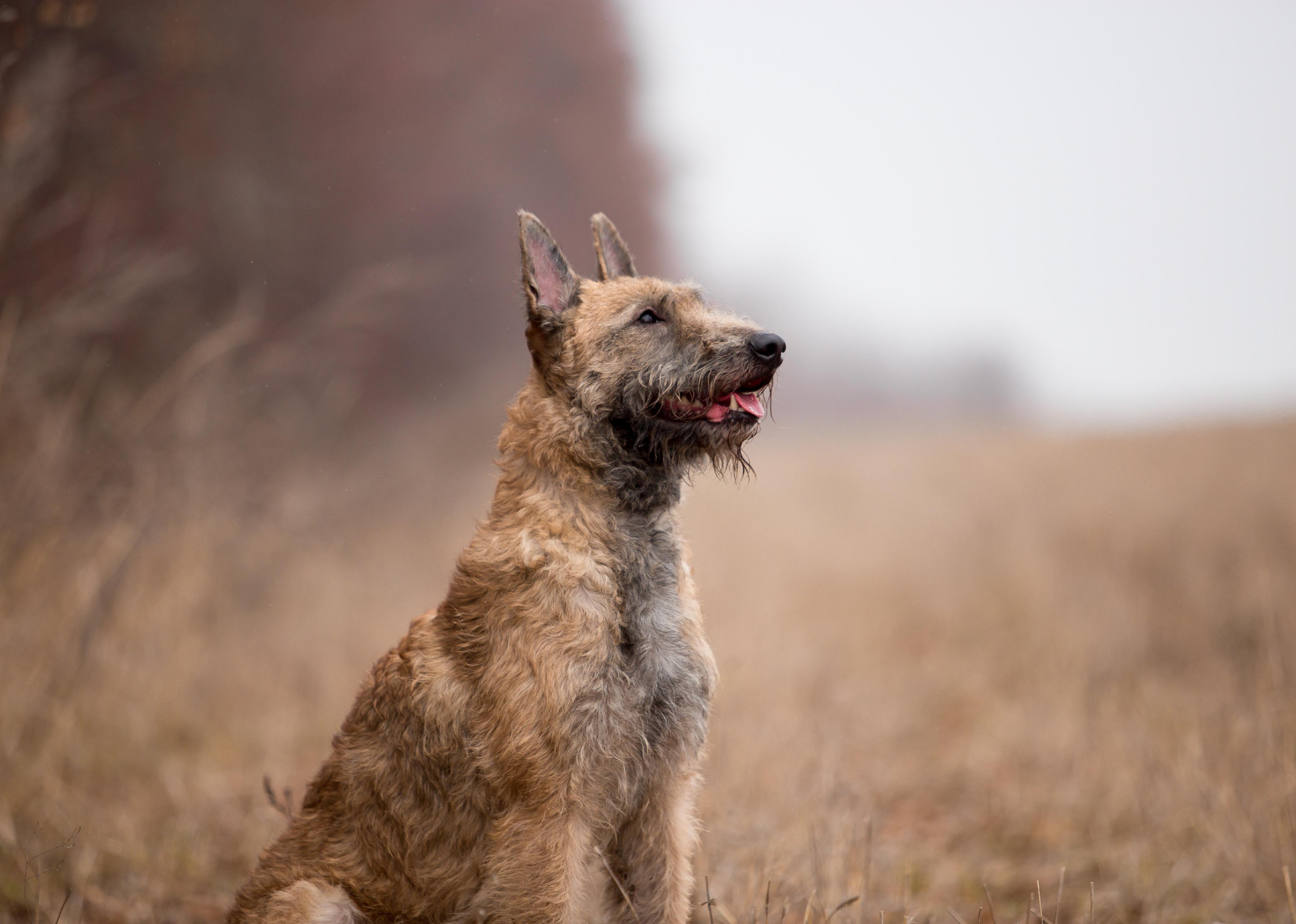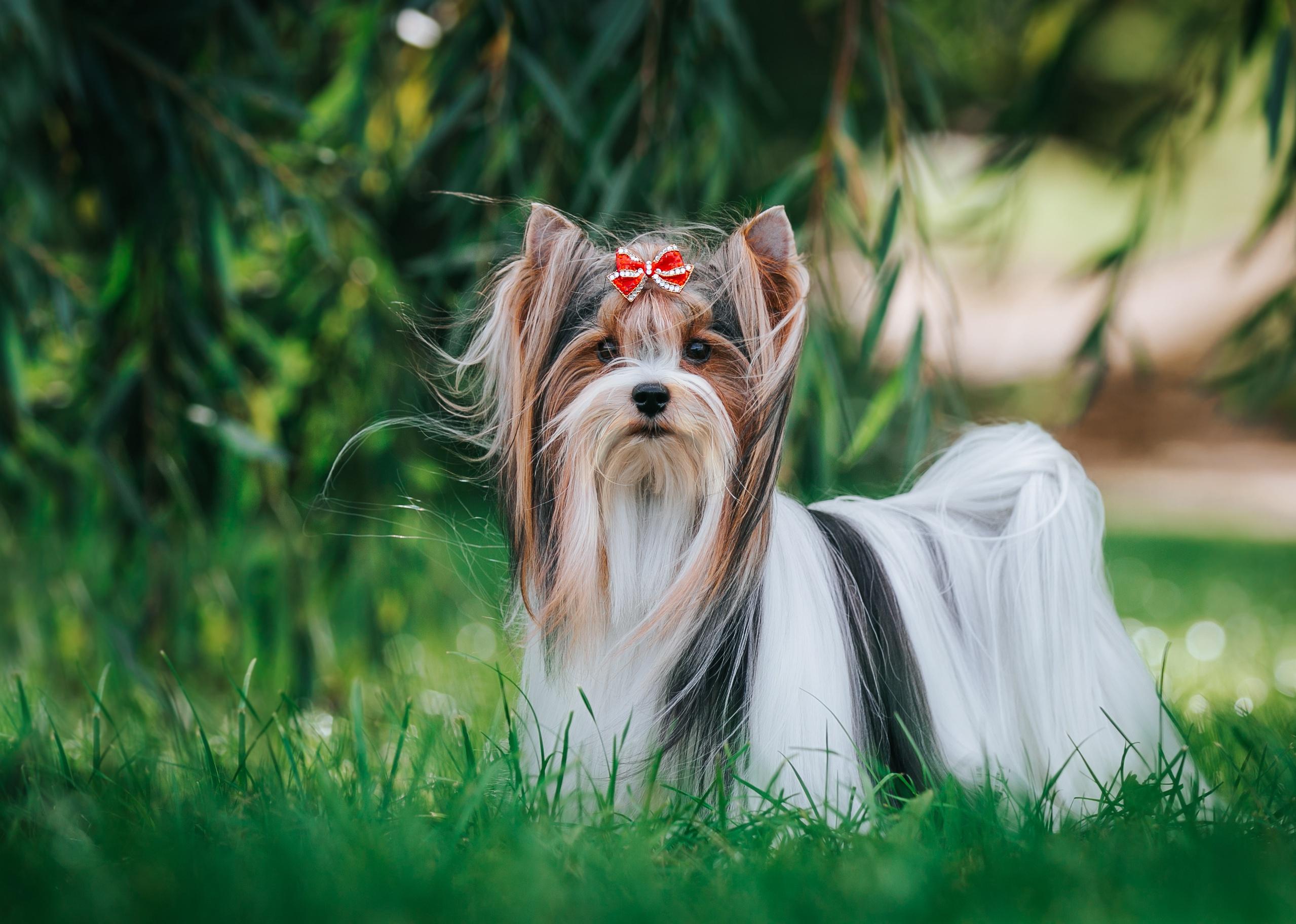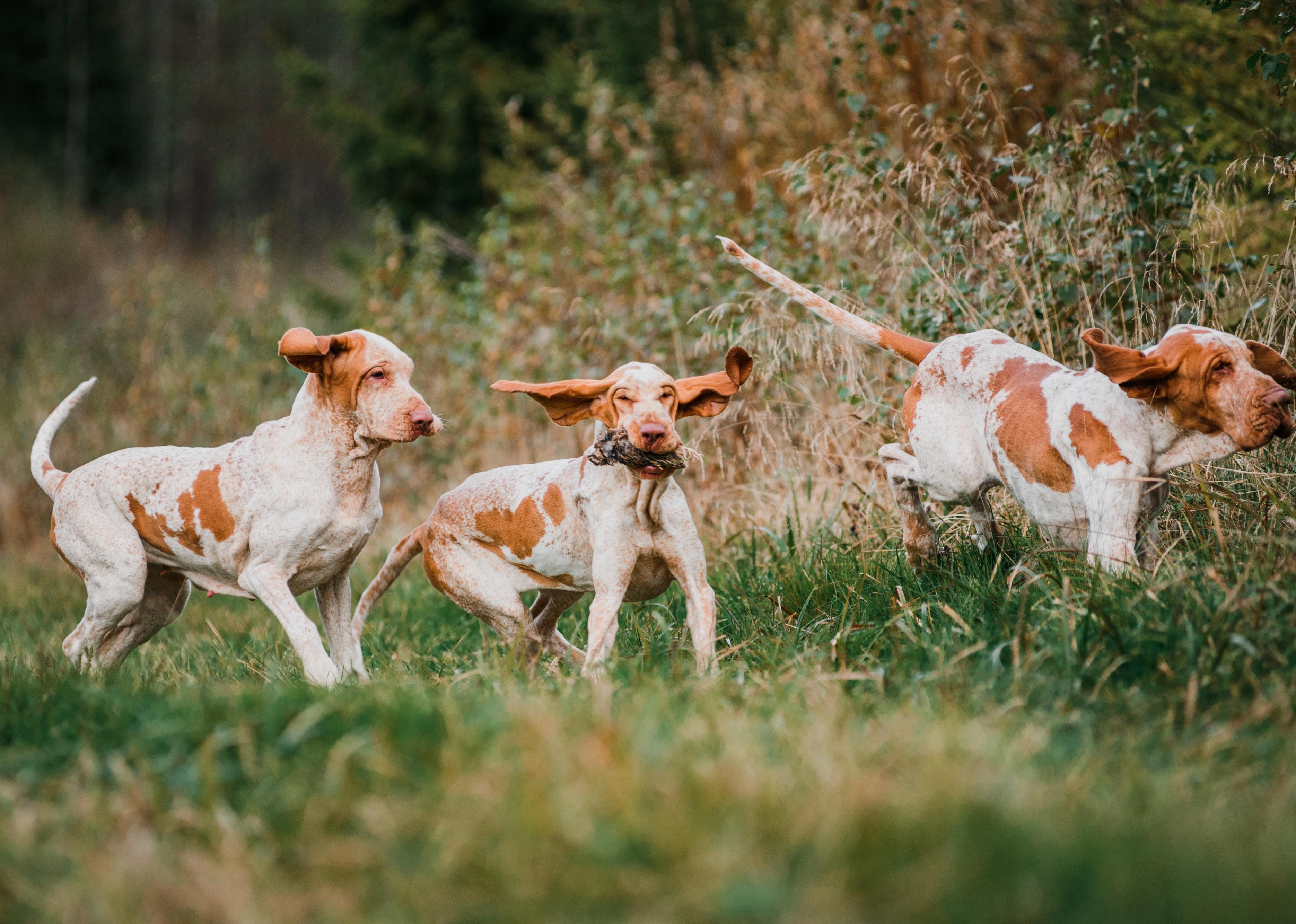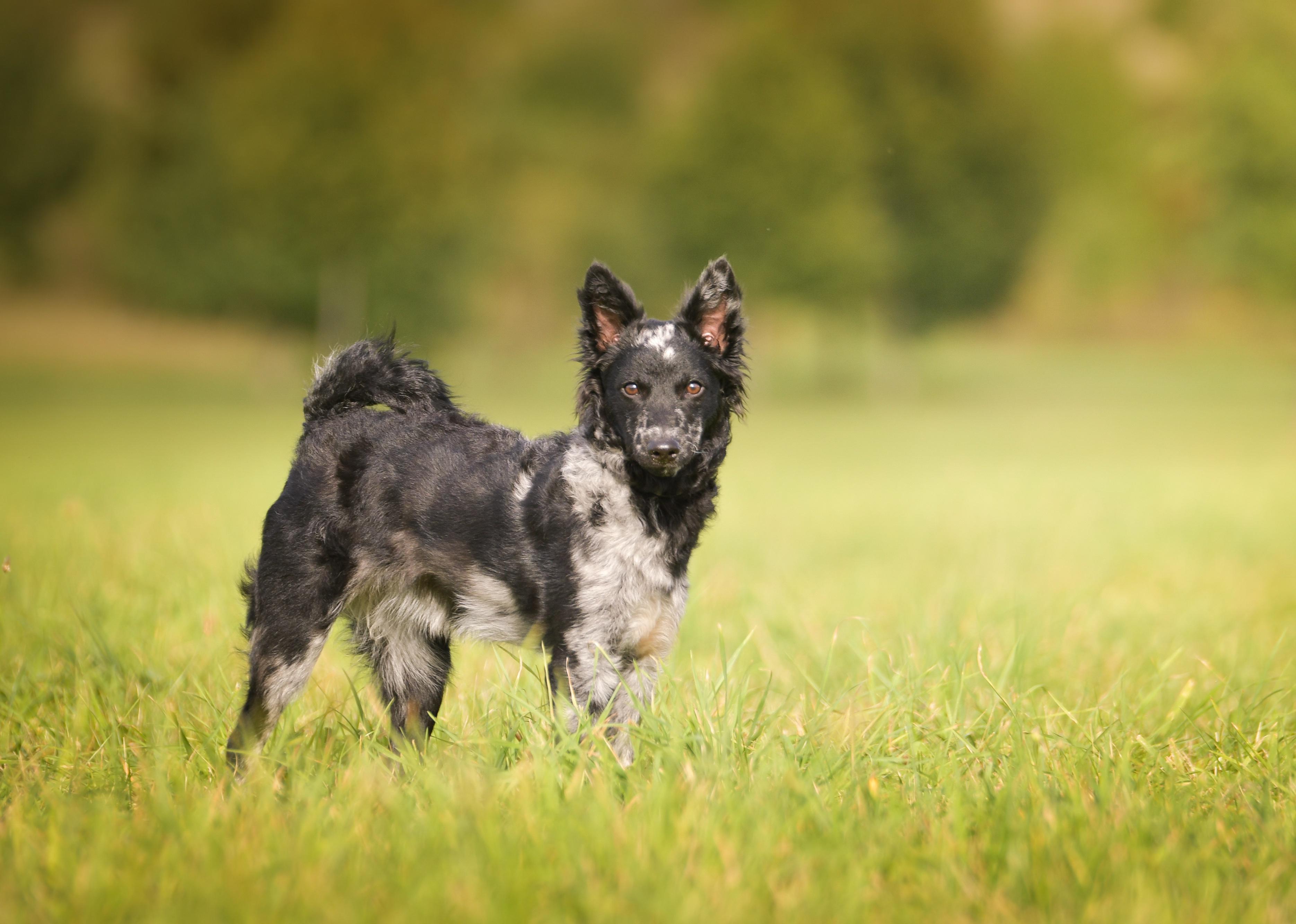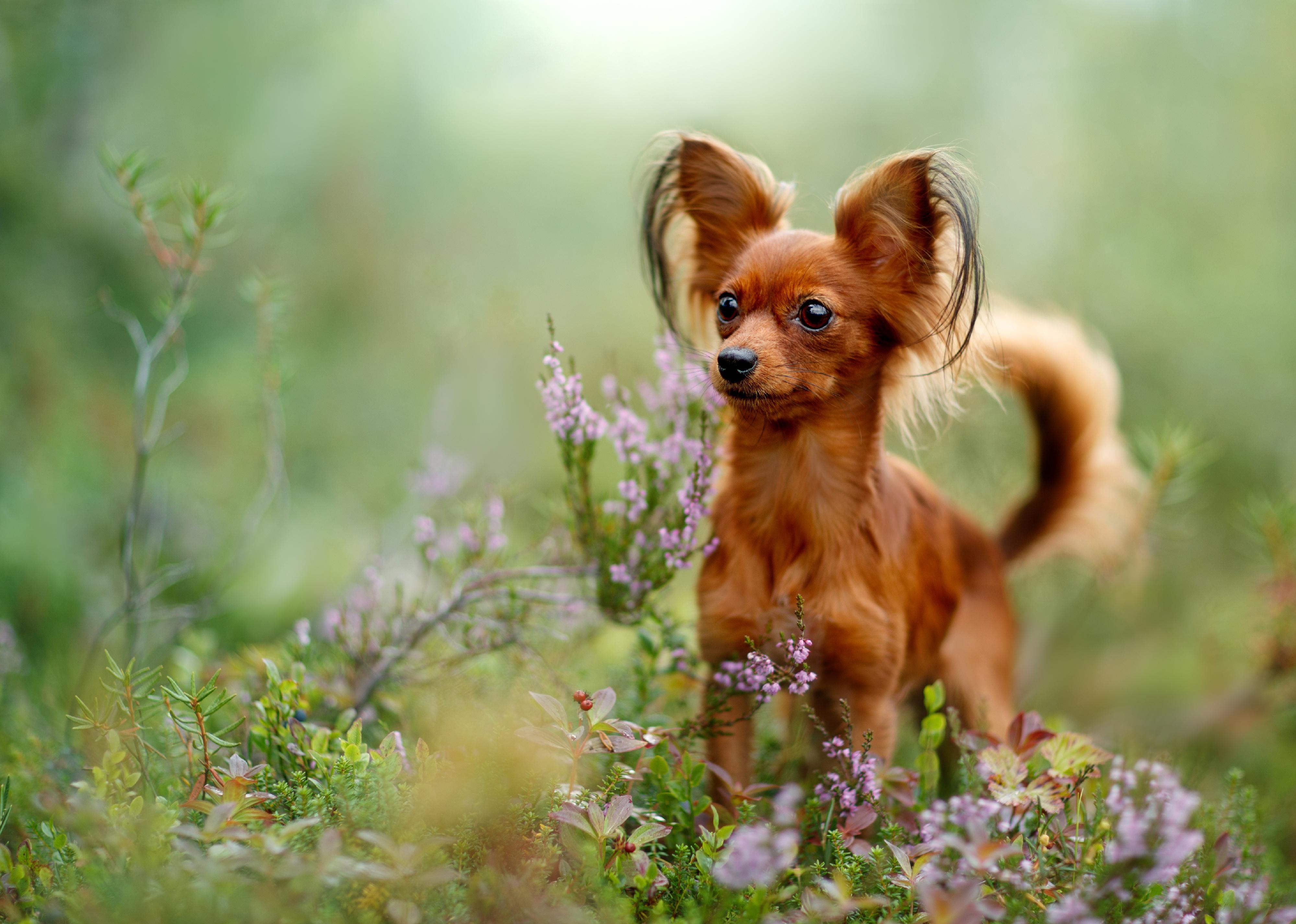When it comes to defining a new dog breed, it’s up to the American Kennel Club. They are the arbiters of the pedigree registry.
So, how do you come up with a new breed of dog? Continued experimenting with the possibilities of genetic selection and crossbreeding.
While, personally, I would rather adopt a rescue pup than worry about getting the latest and greatest new breed, you may wonder about new breeds that have shown up since the turn of the millenia.
Note: many of these newer dog varieties are on the list of breeds that live the longest.
Every new dog breed recognized in the 21st century
Wonder no more. Stacker researched every dog breed officially recognized by the AKC since 2000.
We reviewed the complete AKC list for the data and culled the most recent entries. As it turns out, no fewer than 55 new dog breeds emerged since 2000.
Finally, keep in mind that though these breeds are new to the AKC registry, some of them have been around since 300 B.C.
New breed in 2000: Spinone Italiano
AnetaZabranska // Shutterstock
Distinguished by a muscular build and thick coat, the Spinone Italiano is an Italian hunting dog with origins dating back to 200 B.C. Emanating from their somewhat droopy faces are tender eyes and bushy brows, making these dogs hard to resist among Americans and Italians. This relatively docile breed might not sprint at high speeds but can stay agile and alert for long periods.
2001’s new dog breed: Polish lowland sheepdog
BGSmith // Shutterstock
With wagging tongues and shaggy coats that frequently cover their eyes, Polish lowland sheepdogs (better known in the States as PONs) are recognizable on sight and surprisingly they’re a breed that doesn’t shed. This trusty breed was cultivated in Poland, where PONs are so iconic they get their own stamp.
PONs are hardworking, intuitive, independent and relatively easy to train.
2003: German pinscher
Natallia Yaumenenka // Shutterstock
I think that the German pinscher looks just like the Doberman pinscher. And it turns out they are somewhat related. But where they differ is size, spirit and longevity.
Check out the side-by-side comparison of German pinscher vs Doberman pinscher from Chewy.
New breed in 2003: Nova Scotia duck tolling retriever
studio vanDam // Shutterstock
OMG, the face on this new breed from 2003. It’s the Nova Scotia duck tolling retriever. True to its name, this is a sporting breed with an instinct for luring ducks to the shoreline, making those ducks an easy target for hunters. Once the duck is shot and killed, this compact, outgoing breed and its water-repellant double coat of fur take to the water to retrieve the day’s catch.
Another 2003 new breed: Toy fox terrier
everydoghasastory // Shutterstock
Less than a foot tall and perennially enthusiastic, Toy fox terriers burst with personality. This breed is also brilliant, intensely loyal, easy to train and known to live well into its teenage years.
2004: Black Russian terrier
Rita_Kochmarjova // Shutterstock
To create the elusive Black Russian terrier, scientists combined no fewer than 17 different dog breeds. The result is a new dog breed that is fiercely protective and a dependable search and rescue dog that packs 40% of its body weight in its shaggy head alone.
2004: Glen of Imaal terrier
Radomir Rezny // Shutterstock
A gentler alternative to most terriers, the Glen of Imaal terrier manages to be completely adorable despite its wiry coat and workmanlike background. Standing a mere 14 inches tall, this breed loves the outdoors and is the perfect addition to any farm. Finally, the Glen of Imaal terrier is one of the dog breeds that don’t bark a lot.
New in 2004: Neapolitan mastiff
Sue Thatcher // Shutterstock
I don’t know about you, but when discovering this new dog breed, I thought it looked like a Sharpei crossed with a mastiff. One thing is certain: the Neapolitan mastiff is a formidable size.
However, the droopy-chinned purebred is tremendously sweet and loyal to its people. This massive canine descends from Roman dogs of war. On the other hand, some claim that Alexander the Great brought the breed to Greece around 300 B.C.
2006: Plott
Croft Fite // Shutterstock
Fearless in their pursuits and resoundingly loyal, plott hounds are the best of two worlds. With a muscular frame and a smooth, dark coat, this breed is wildly popular among hunters searching for big game. It’s also the official state dog of North Carolina.
New in 2006: Tibetan mastiff
Kat_marinina // Shutterstock
As recent as 2013, Tibetan Mastiffs were so sought after among China’s elite that just one purebred could fetch up to $200,000. What those owners got in return was a noble guard dog with a thick coat and a somewhat aloof demeanor. Given the breed’s legendary independent streak, Tibetan mastiffs are notoriously hard to train for organized events like dog shows.
Finally, if you’re interested in a big, fluffy dog breed, the Tibetan Mastiff fits the bill.
2007: Beauceron
Snoopy0107 // Shutterstock
The beautiful Beauceron is an ideal watchdog known for its intelligence, athleticism and herding instincts. FYI, Beauceron is pronounced bow-sir-on.
Touting a pointed head and dark brown eyes, this canine is known to stay balanced and agile. A word of caution to potential owners: only add this new breed to your family if you can keep up with its overactive lifestyle.
2007: Swedish Vallhund
Marcel van den Bos // Shutterstock
Touting a name that loosely translates to “herding dog,” the Swedish Vallhund was reportedly a mainstay on Viking ships. The breed is known as a trusty farm dog suitable for herding cattle. With its thick coat and long body that hangs low to the ground, some say this new AKC breed resembles a corgi, its distant cousin.
2008: Dogue de Bordeaux
Vitaly Titov // Shutterstock
The Dogue de Bordeaux is a fancy way of saying the French mastiff. This stocky dog has a smooth coat and lovable face.
The first thing I thought of when I saw this dog breed was the 1989 Tom Hanks movie “Turner & Hooch.” And I was right. The French mastiff was the star of that movie (along with Hanks, of course), because he (the Dogue de Bordeaux) helped catch bad guys and then drooled all over them.
New to AKC in 2009: Bluetick coonhound
Mary Swift // Shutterstock
The bluetick coonhound is a strong and swift nocturnal hunting dog unafraid to vocally express itself. It’s also the official college mascot of the University of Tennessee.
2009: Boykin spaniel
Cynthia Davison // Shutterstock
The Boykin spaniel is the state dog of South Carolina, according to the AKC. It’s a gorgeous breed that falls somewhere between a cocker and a springer in size. Plus, it’s a natural swimmer.
2009: Irish red and white setter
rebeccaashworthearle // Shutterstock
Popular among dog enthusiasts and bird hunters, here’s a simple reason outdoors people love working with the Irish red and white setter: its unmistakable coat allows hunters to spot the dog at great distances.
2009 new dog breed: Norwegian buhund
Mark Herreid // Shutterstock
Originally a guard dog and shepherd, the Norwegian Buhund has achieved even greater functionality as a helper dog for those hard of hearing. That’s a good fit, given this breed’s tendency to bark loudly and frequently.
2009: Pyrenean shepherd
BIGANDT.COM // Shutterstock
Before arriving on native soil, the Pyrenean shepherd (aka Pyr shep) was busy herding sheep in the mountains of Southern France. From this bite-sized breed, expect a bright and playful but mischievous personality and a long life span.
2009: Redbone coonhound
Mary Swift // Shutterstock
Sporting a beautiful red coat and a constant look of expectation, the redbone coonhound is a medium-sized hound eager to please and always ready to engage. This breed is quite popular on the hunt, with a loud bark that can travel great distances.
When we used the Wisdom Panel doggie DNA to find out what breed our pup Sadie was, we discovered that she’s 50% redbone coonhound.
2010: Cane corso
Grisha Bruev // Shutterstock
The cane corso was originally a guard dog, and it’s easy to figure out why. Between its stern gaze and tall, muscular figure, this might be the last breed a burglar wants to see in the middle of the night.
New AKC breed in 2010: Icelandic sheepdog
Annabell Gsoedl // Shutterstock
The Icelandic sheepdog is among about 50 northern breeds to qualify as a spitz, much like the American spitz is also an American Eskimo Dog. This canine is the quintessential companion and happiest in its owner’s presence.
2010: Leonberger
AnetaZabranska // Shutterstock
To me, a dog breed called the Leonberger sounds more like a cheese than a canine. However, there’s nothing cheesy about this pup with an imposing physique but a calm demeanor. This guy definitely should be mentioned in my article about big, fluffy dog breeds.
2011: American English coonhound
richard pross // Shutterstock
Descended from a line of European scent hounds, the American English coonhound is a predictably athletic companion. Of course, that doesn’t mean this breed doesn’t relish a good nap now and then.
New in 2011: Cesky terrier
Dora Zett // Shutterstock
Representing a mix of Scottie and Sealyham, Cesky terriers date back to early-20th-century Czechoslovakian. The Cesky terrier has a compact body and elongated face with wavy hair at the end of it.
I think they’re adorable and veritable doppelgangers for a Schnauzer. Do you think so, too?
2011: Entlebucher mountain dog
Vivienstock // Shutterstock
The smallest of four Swiss mountain breeds, the Entlebucher mountain dog hosts an eye-catching tricolor coat of black, white and burnt orange. This affectionate purebred comes from a herding background and instinctively looks out for children.
2011: Finnish Lapphund
cynoclub // Shutterstock
Finnish Lapphunds (aka lappies) come from a Nordic background and tout thick, insulating fur coats and curled bushy tails. This strong and hardworking breed has a long history behind it. Researchers have found Lappie remains from as early as 7000 B.C., when, they believe, the dogs were used to herd reindeer.
2011: Norwegian lundehund
Irine and Andrew // Shutterstock
While the Norwegian lundehund might sport a fox-like vibe, this spitz breed has nothing but love for humans. Meanwhile, it’s distinguishable from all other breeds for having six toes on each foot, ears that can fold and a head that can tilt all the way back.
2011: Xoloitzcuintli
art nick // Shutterstock
For obvious reasons, Xoloitzcuintlis are commonly called Xolos or Mexican hairless dogs. Certain cultures believe this breed has healing powers and can even ward off evil spirits. It’s also one of the oldest breeds, with ancestors who migrated across the Bering Strait to the Americas. Finally, if you’re looking for a big, hypoallergenic dog breed, the Xolo is it.
New in 2012: Russell terrier
BIGANDT.COM // Shutterstock
If you’re looking for a small, energetic, dedicated and fearless dog, look no further than the Russell terrier. Technically, this dog breed is the Parson Russell terrier to set it apart from its cousin the Jack Russell terrier. Overall, I think it’s adorable.
Can you name the TV show that featured a Jack Russell terrier?
2012: Treeing Walker coonhound
Mary Swift // Shutterstock
The first time I heard of the Treeing Walker coonhound, I thought it was a tree walking coonhound. Like the dog could climb trees as cats do.
Nope. This dog breed was bred to hunt raccoons. The treeing Walker coonhound derives its name from Thomas Walker, an influential 18th-century breeder instrumental in the dog’s development. Now I’ll know not to look up in the trees for this kind of coonhound.
2013: Chinook
Igor Plotnikov // Shutterstock
A quintessential sled dog, the chinook was saved from the brink of extinction by three breeders in the early 1980s. Nowadays, this energetic breed enjoys much healthier population numbers, which is good because chinooks make for very loyal family dogs.
Fun fact: The chinook is the official dog of New Hampshire, where it was developed at the turn of the 20th century. This is the second or third dog that I’ve mentioned that is the official dog of a state. That’s why I wrote this new article on that topic — official state dogs.
New AKC breed in 2013: Portuguese podengo pequeno
CL-Medien // Shutterstock
The Portuguese podengo pequeno is a primitive breed of multisensory hound that uses sight, sound and hearing to hunt. This lively canine is immediately identifiable by its tiny body (thus the word pequeno, which means small) and wedge-shaped head. This new-to-AKC dog breed comes with a wire coat as well as a smooth coat.
2013: Rat terrier
Liza de Bie // Shutterstock
In the 1910s and 1920s, the rat terrier was among the most popular farm dogs in the U.S.. That’s because they’re good for hunting rodents and other pesky intruders.
Decades later, the breed was still recognized for its unique rat-hunting abilities, prompting someone to write a letter to The New York Times to suggest the city use this particular breed to deal with a Brooklyn rat infestation. I think that’s hilarious and I hope the City of New York considers this suggestion.
2014: Coton de Tulear
BIGANDT.COM // Shutterstock
One look at the Coton du Tulear and you’ll understand why it has the French word for cotton (Coton) in its name. But Tulear? Turns out that’s the name of the city in Madagascar where the dog originated.
How did they get to Madagascar? Legend has it this breed descended from a group of dogs who survived a shipwreck off Madagascar centuries ago.
2014: Wirehaired vizsla
Shakarrigrafie // Shutterstock
Did you know you could get a Vizsla with a wiry coat? Neither did I. I thought only the smooth-coated vizsla exists. Turns out this breed’s distinctly wiry coat allows it to blend in with tall, dry grass, plus withstand harsh weather conditions.
2015: Bergamasco
MarinaGreen // Shutterstock
Like something straight out of an Italian fabric factory, the Bergamasco’s coat contains a natural combination of “dog hair,” “goat hair,” and “wool.” Wait, what?
Anyway, that unique blend amounts to some utterly distinct texture and style. Despite its appearance, the Bergamasco’s coat doesn’t shed or require much maintenance once set. Meanwhile, underneath that shaggy exterior is an unexpectedly spry, agile sheepdog with an admirable work ethic.
New AKC breed in 2015: Berger Picard
TMArt // Shutterstock
The Berger Picard is a vivacious, medium-sized herding dog that’s no stranger to the show circuit. Also, the Berger Picard has origins going back to the Celtic invasion of Gaul in 400 B.C. and even appeared in paintings from the Middle Ages. That’s cool and not a new dog breed at all — except to AKC recognition.
2015: Boerboel
Marina Plevako // Shutterstock
The Boerboel is a powerful farm dog from South Africa. It features a blocklike head and dark skin under its fur. Energetic and dominant when necessary, this breed is very protective of its loved ones.
2015: Cirneco dell’Etna
tkach-artvitae // Shutterstock
One look at the Cirneco dell’Etna, and you can already picture it chasing cats or squirrels through the yard. The Sicilian breed is fragile and athletic and is reportedly capable of jumping great heights and reaching high speeds.
Should you make one part of the family, you’ll want to build a tall fence in the backyard. Finally, with those ears, this dog reminds me of the canine-like drawings you might see of the Egyptian god with a dog head.
2015: Lagotto Romagnolo
Ricantimages // Shutterstock
Meet the Lagotto Romagnolo, your new furry best friend. The name translates to “lake dog from Romagna,” and the Italian breed is quite the swimmer. Originally, the newer dog breed was bred to locate delicious truffles for high-end chefs.
2015: Miniature American shepherd
Fotograf Richard Emanuel // Shutterstock
Initially developed in California in the 1960s, the miniature American shepherd is a compact herding dog prone to sporting different colors in each eye and a range of colors on its coat. This breed is energetic, highly intelligent, eager to please and downright great with kids. Plus, with a face like that, I’d have to stop and pet one, should I meet a miniature American shepherd on the street.
New AKC breed in 2015: Spanish water dog
Viktorija Zar // Shutterstock
Considering that there is a Portuguese water dog, it makes sense that its neighbor to the east — Spain — would have a similar breed.
Contrary to its moniker, the Spanish water dog isn’t actually a water dog (though it is willing to work in water). More than anything else, this curly-coated breed is an overzealous herder and protector who might start to herd your kids if not properly disciplined. Thankfully, that’s not too grave an issue since Spanish water dogs are easy to train.
2016: American hairless terrier
art nick // Shutterstock
In 1972, a hairless puppy emerged from a litter of rat terriers, creating an entirely new breed by accident. Decades later, the AKC officially recognized the American hairless terrier as a purebred.
2016: Pumi
Barita // Shutterstock
A well-rounded Hungarian herding breed, Pumis have slightly pointy ears, upright heads, and curly or wavy coats. This breed loves to stay active and will likely want to play fetch long after you’ve thrown out your arm.
2016: Sloughi
Bianca Grueneberg // Shutterstock
The Sloughi is a legendary breed that was the original sighthound for the Berber and Bedouin people. Its history is said to go back as far as 7000 B.C. In fact, ancient artifacts suggest that their ancestors were integral to Egyptian civilization.
Note the earlier mention of the Egyptian god with a dog head. Maybe it was the Sloughi after all.
2017: Nederlandse kooikerhondje
Lisjatina // Shutterstock
There is some fascinating history behind the Nederlandse kooikerhondje’s hard-to-pronounce name, which translates to “decoy dog” in Dutch. Apparently, this unique and beautiful spaniel breed was credited with saving William of Orange’s life by alerting him to an advancing Spanish attack in the 17th century.
Therefore, it’s no wonder the famous decoy dog appeared in several subsequent Dutch family portraits — ah, that’s where I’ve seen this dog before. In museum paintings.
2018: Grand basset griffon Vendeen
Csillag Zsuzsanna // Shutterstock
Initially known in France as the poor man’s hunting dog (because it moved slowly enough to trail without a horse), the grand basset griffon Vendéen didn’t become its own breed until the 1970s. And it wasn’t until 2018 that the AKC recognized it as a new breed to add to its list.
2019: Azawakh
otsphoto // Shutterstock
With similar body shapes to Great Danes or greyhounds, the lean Azawakh is a small, athletic breed well-suited to hot climates. Considering the dog breed originated in West Africa, that makes sense.
2020: Barbet
Wirestock Creators // Shutterstock
The hypoallergenic barbet is a French water dog with curly hair that started as a water-fowl retriever. Demand for hypoallergenic breeds made the family-friendly barbet a global sensation in recent years.
2020: Dogo Argentino

Adobe Photos
An Argentine doctor developed the Dogo Argentino as a hunter of large game. He wanted the dog to help him hunt wild boars and mountain lions. Because of their extreme strength and stubborn nature, the Dogo Argentino is better as a working animal than a family pet. Finally, this is one of the more popular dog breeds in a few American states.
2020: Belgian Laekenois
Marry Kolesnik // Shutterstock
When the AKC recognized the Belgian Laekenois, it categorized this dog breed into the herding group. That’s because the breed’s original purpose was guarding and tending to flocks. Fun fact: During World War II, the Belgian Laekenois was a messenger dog.
2021: Biewer terrier
Eve Photography // Shutterstock
This toy breed has only been around since 1984 and was originally called the German Yorkshire terrier. Unlike the Yorkshire Terrier, which has two colors in its coat, the Biewer has three. Finally, why is it called Biewer? That’s the name of the family whose Yorkie gave birth to the first of this breed’s kind.
2022: Bracco Italiano
olgagorovenko // Shutterstock
Among the oldest pointing breeds, the Bracco Italiano reached American shores in the 1990s. These dogs are still widely used for hunting but have also found a reliable spot at home as a wonderfully loyal and affectionate addition to any family. And the AKC recognized them as a purebred dog breed in 2022.
2022: Mudi
dodafoto // Shutterstock
The Mudi is a herding dog from Hungary. It is eager to please and makes for a wonderful family dog. This breed is also active and very intelligent, meaning they’re happiest with a job to do — even if that’s simply keeping track of children running outside.
2022: Russian toy
Vivien Stock // Shutterstock
The diminutive Russian toy stands no taller than 11 inches and weighs around 6.5 pounds. The breed was developed in Russia — no surprise, given its name — in the 1700s. It became immensely popular as companion animals for the Russian aristocracy.
Data reporting by Lucas Hicks. Story editing by Nicole Caldwell. Copy editing by Paris Close. Photo selection by Clarese Moller. Jacob Osborn contributed.
